Radiasystem 2022, Berlin
The Evolution of
Soundscape and Smellscape
in the Age of Globalization
The soundscape answered the question I have been asking myself in the past few years: Who am I, and how can I define myself as an Iranian artist? I found my answer in my ordinary life. This led to my seclusion from society and focus on how I live and think as a source of inspiration for my art. Now, after understanding how my existence is related to the world, it seems that I am becoming more sociable, and the more I interact with my surroundings, the more I care about the elements of sounds in our daily interactions. I believe each city has distinct sounds, not created by objects but by its citizens' behaviors and interactions rooted in their life experiences, language, and cultural backgrounds.
This Project delves into the transformative impact of immigration on the soundscapes and smellscapes of urban environments, highlighting the complex interplay between sensory perception, cultural identity, and urban space in the context of globalization. It explores how the influx of diverse cultures reshapes cities' auditory and olfactory experiences, profoundly affecting immigrants' and native residents' sense of place and belonging.
The Artistic research underscores the significance of sound and smell in urban spaces, not merely as environmental factors but as dynamic cultural objects that embody the essence of urban life. These sensory elements, shaped by the activities and interactions of city inhabitants, contribute significantly to the identity and atmosphere of urban environments.
Central to the project is exploring how immigration introduces significant shifts in urban sensory landscapes. Immigrants, uprooted from their native contexts, encounter new and unfamiliar soundscapes and smellscapes, impacting their sense of belonging and identity. This sensory metamorphosis is continuous and pervasive, with the sounds and smells of diverse cultures weaving into the existing urban tapestry, subtly transforming it.
Incorporating my personal journey as an Iranian musician and sound artist, the essay adopts a unique perspective, exploring the sensory dimensions of immigration through both professional and personal lenses. This approach involves engaging with cities as a sonic observer and actively listening to the stories of immigrants to understand their sensory experiences.
The composition draws upon theoretical concepts related to soundscapes and smellscapes, particularly the ideas of Brandon LaBelle and Douglas Porteous, to analyze how immigration impacts these sensory aspects of urban environments. Detailed case studies from Berlin, Hamburg, Rome, and Tehran provide insights into the unique sensory landscapes of these cities and how they are influenced by immigration, offering distinct perspectives on the interplay between cultural identity, sensory experience, and urban space.
As an Iranian musician and sound artist who has been witnessing the compulsory or deliberate immigration of his close friends and family to the Western world, I am seeking identity through sound and smell in metropolitan cities.


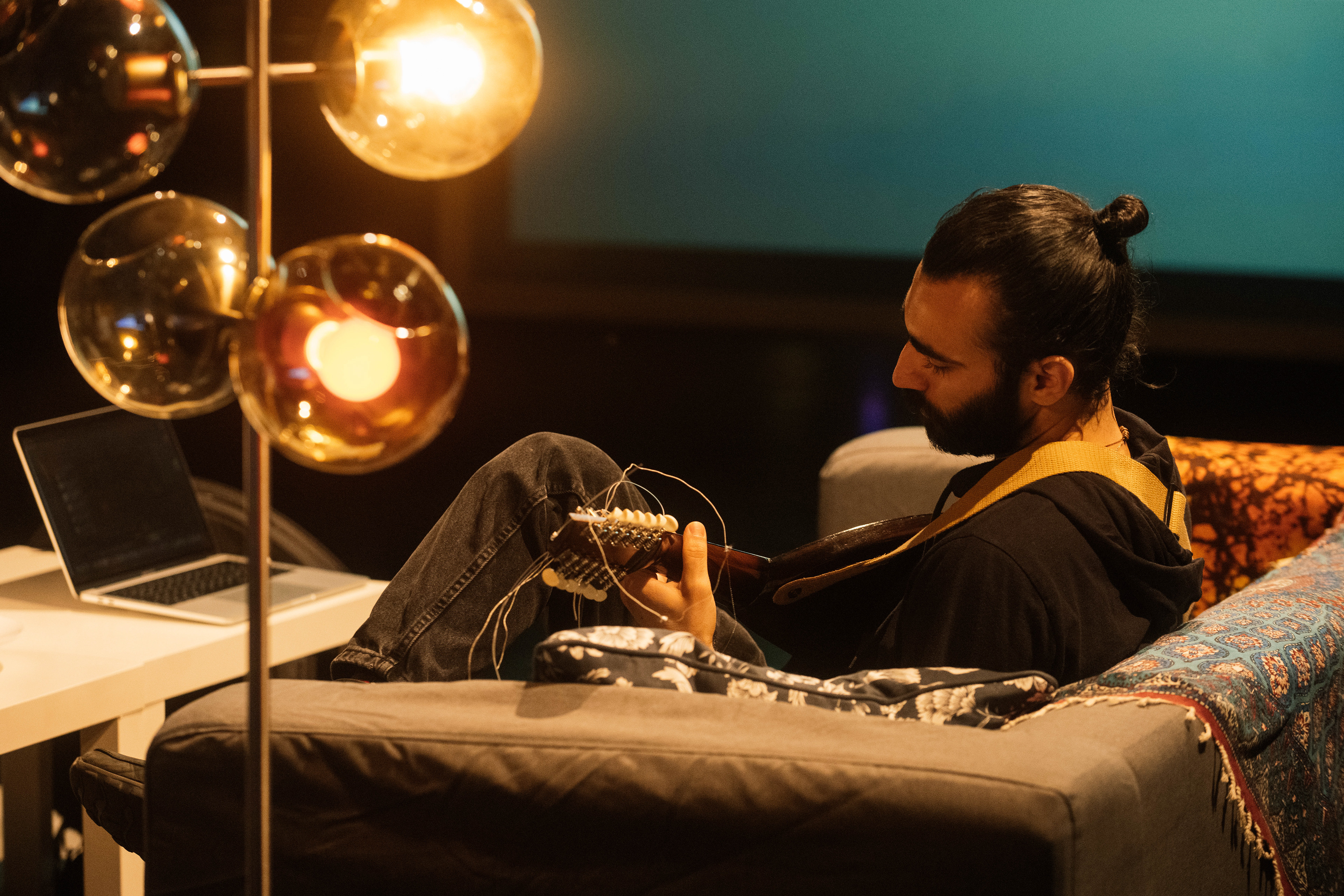
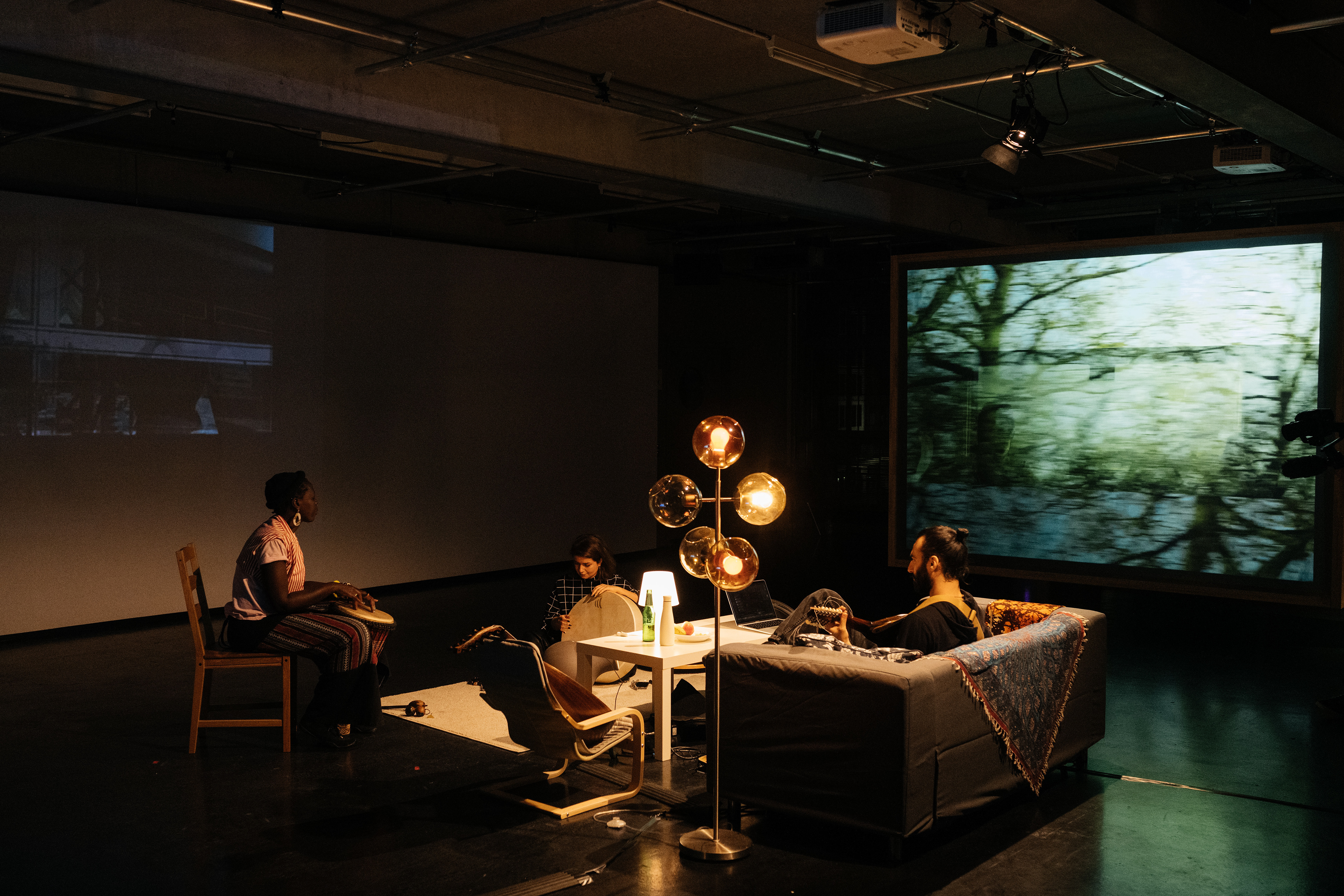


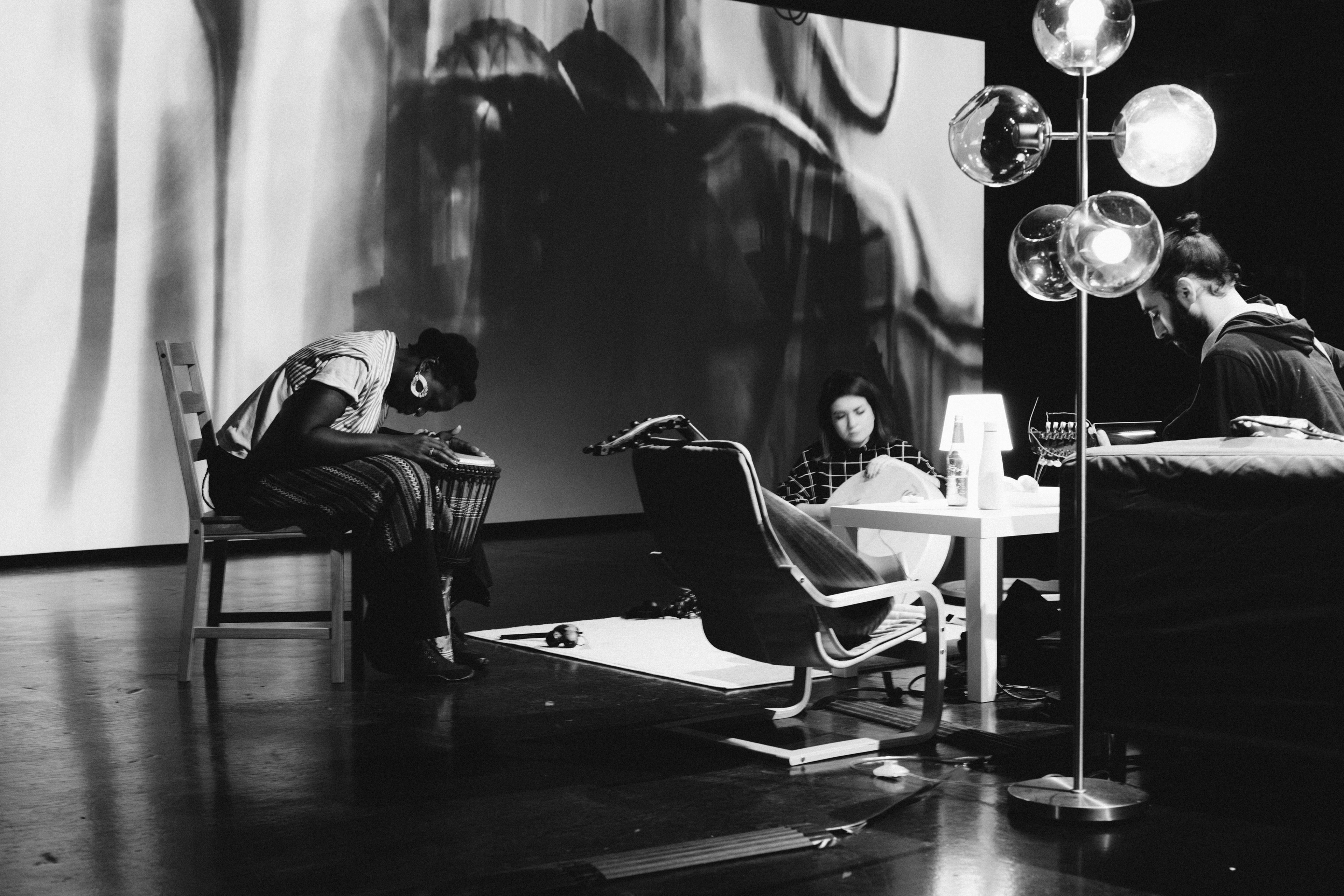
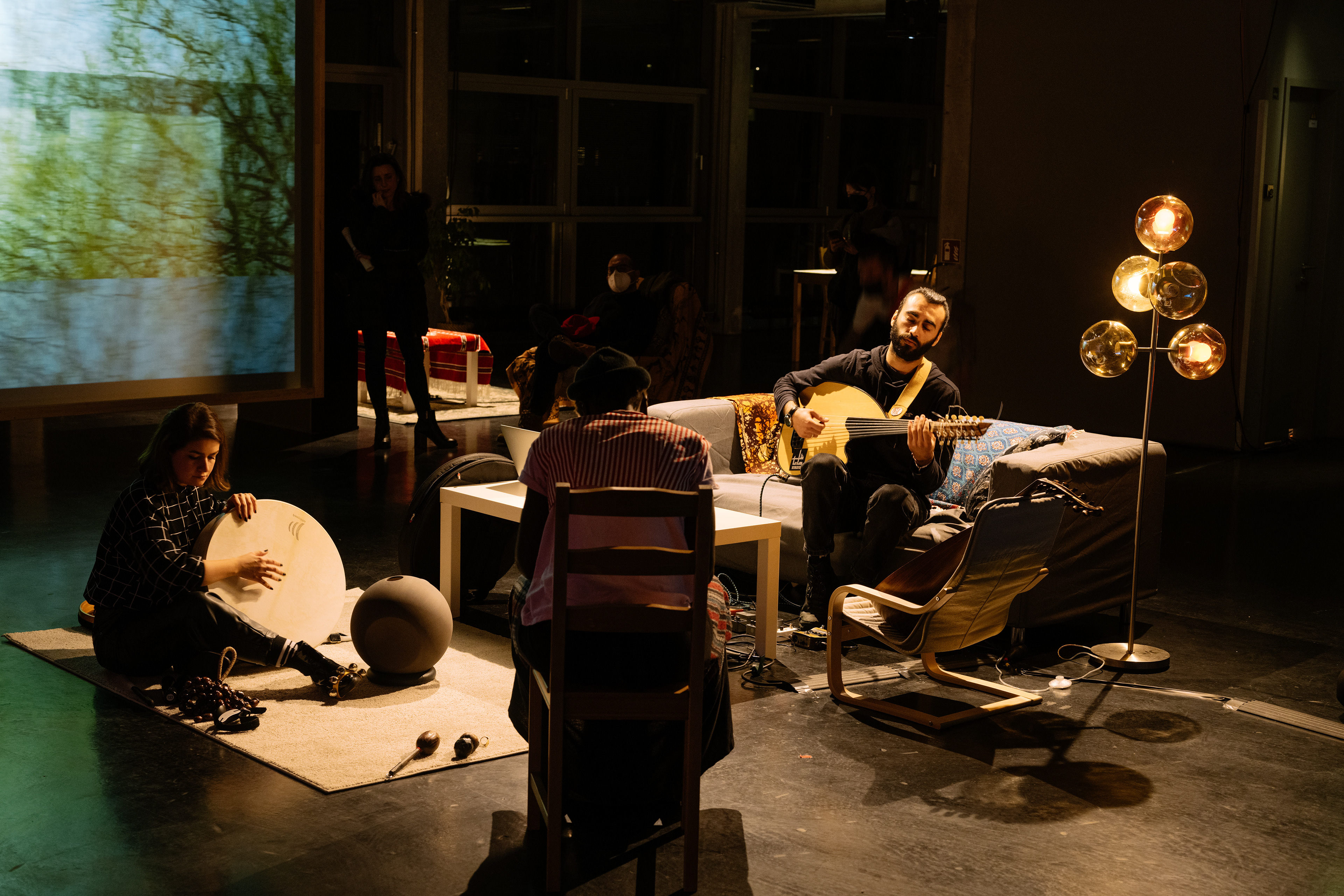



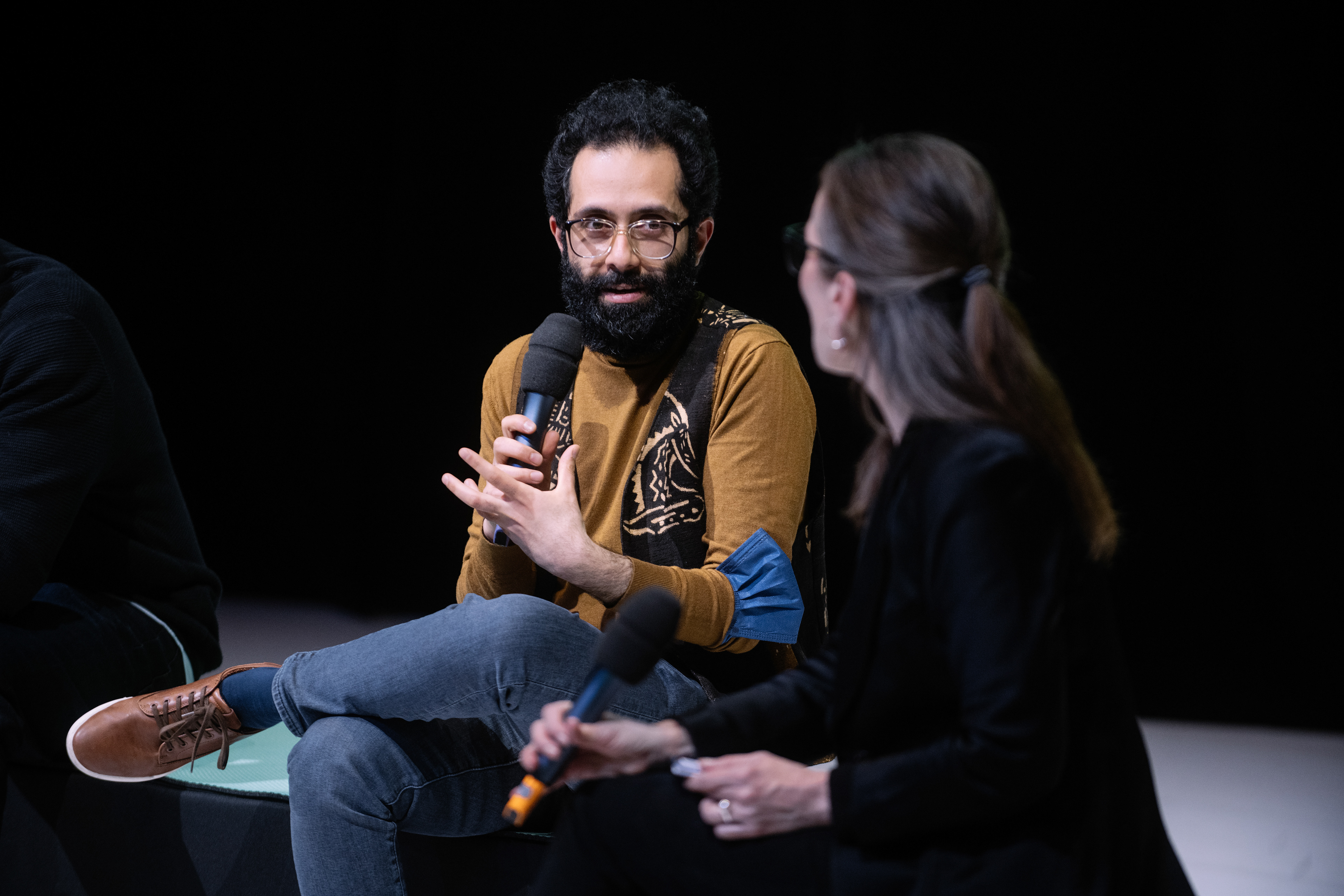
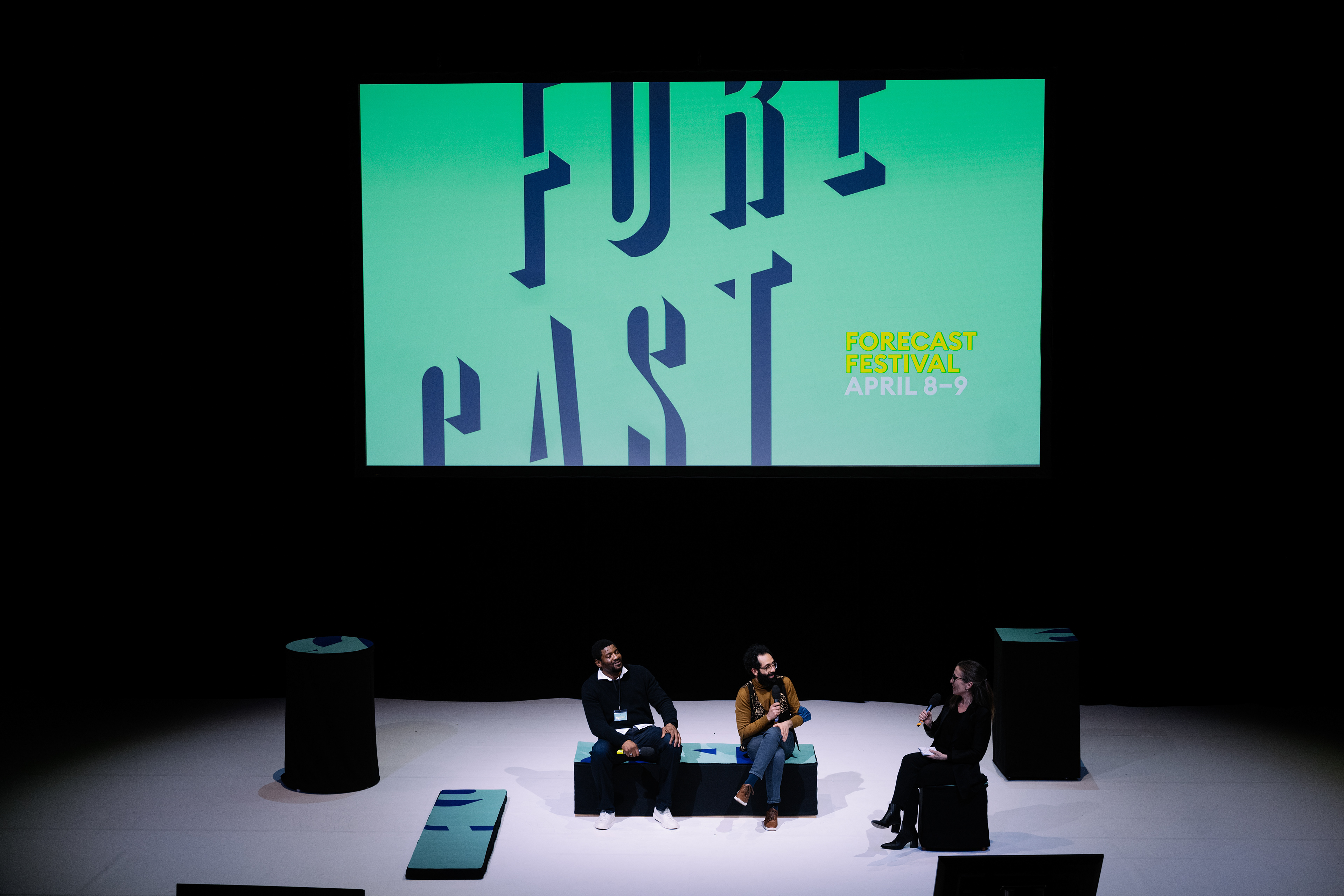


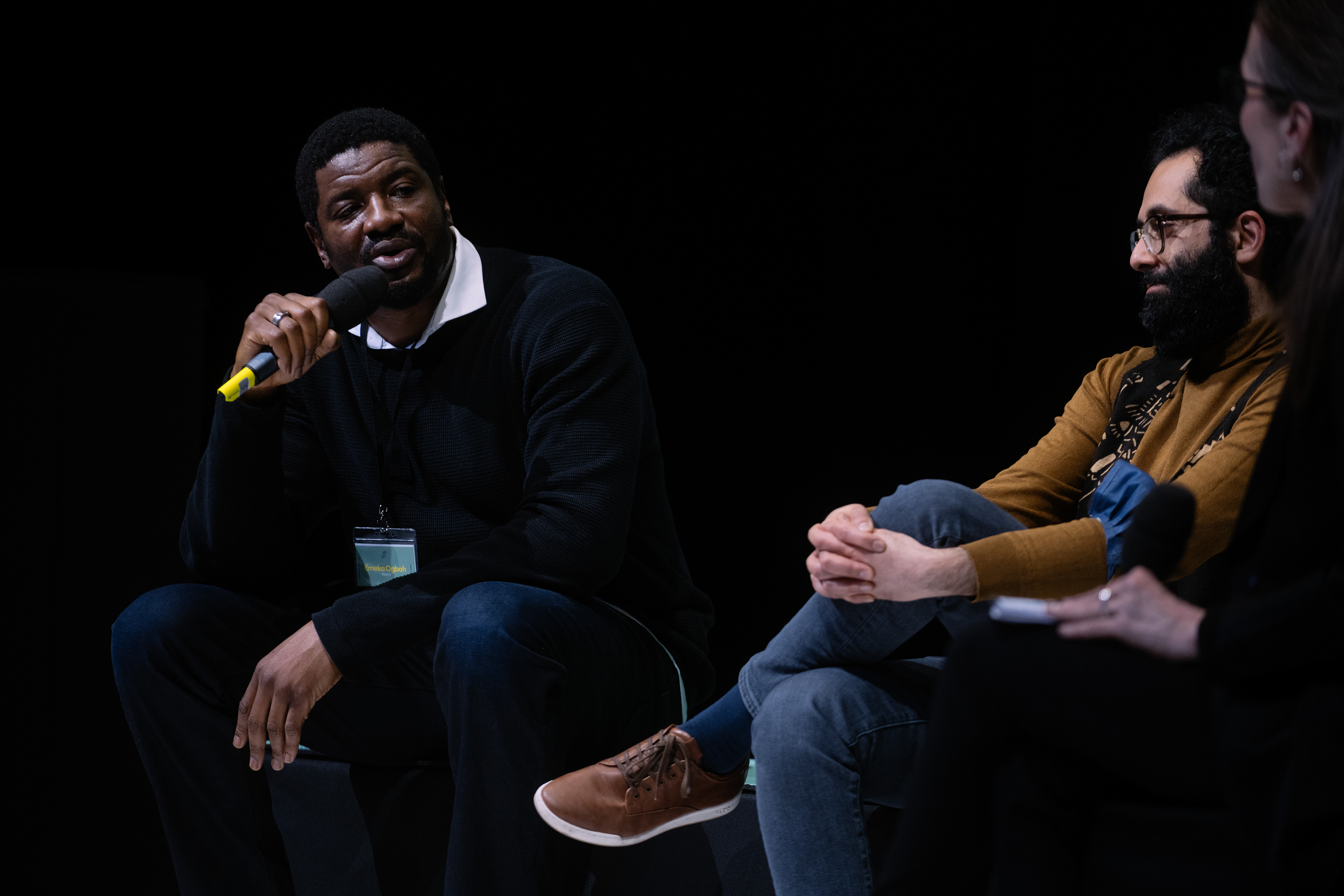
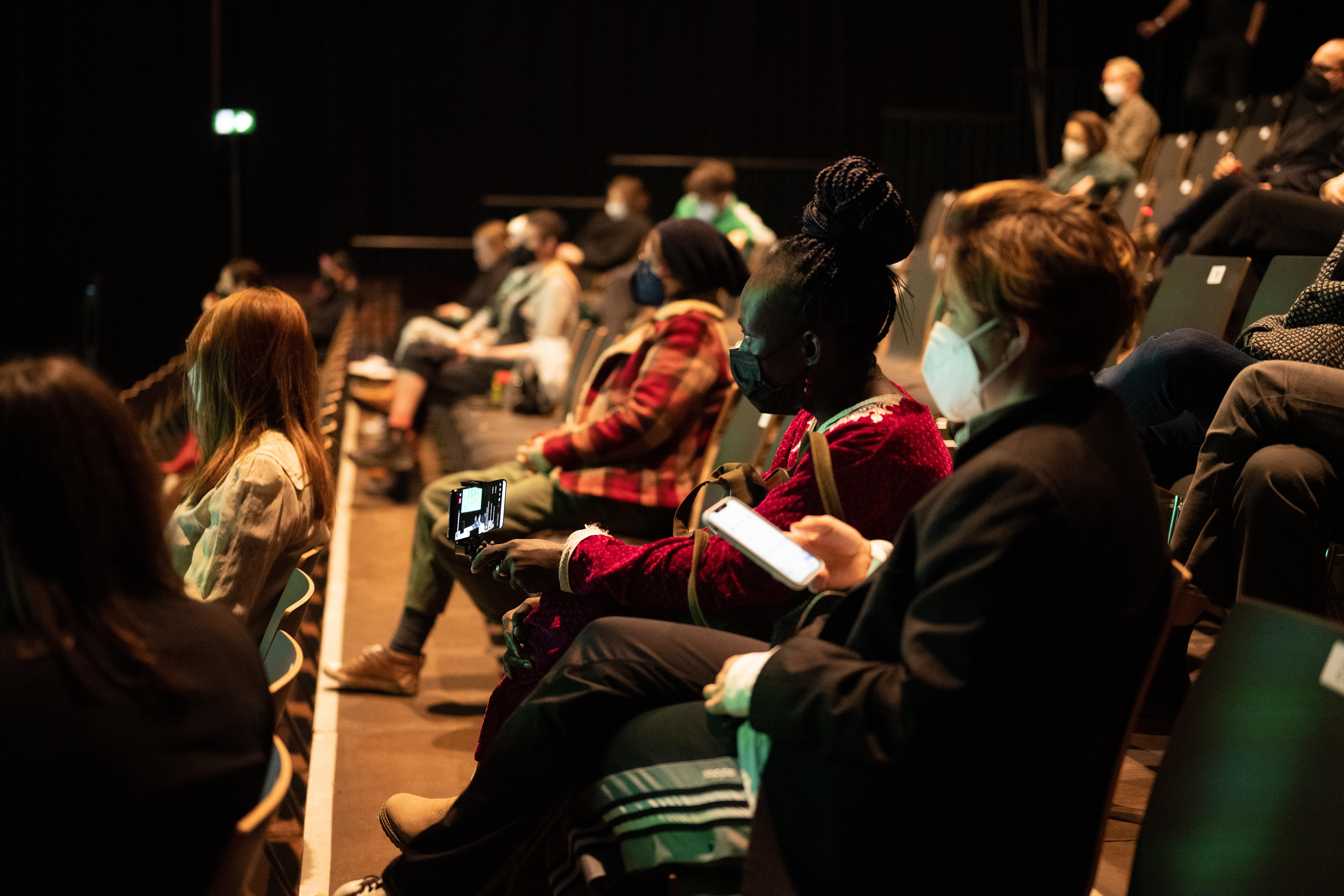
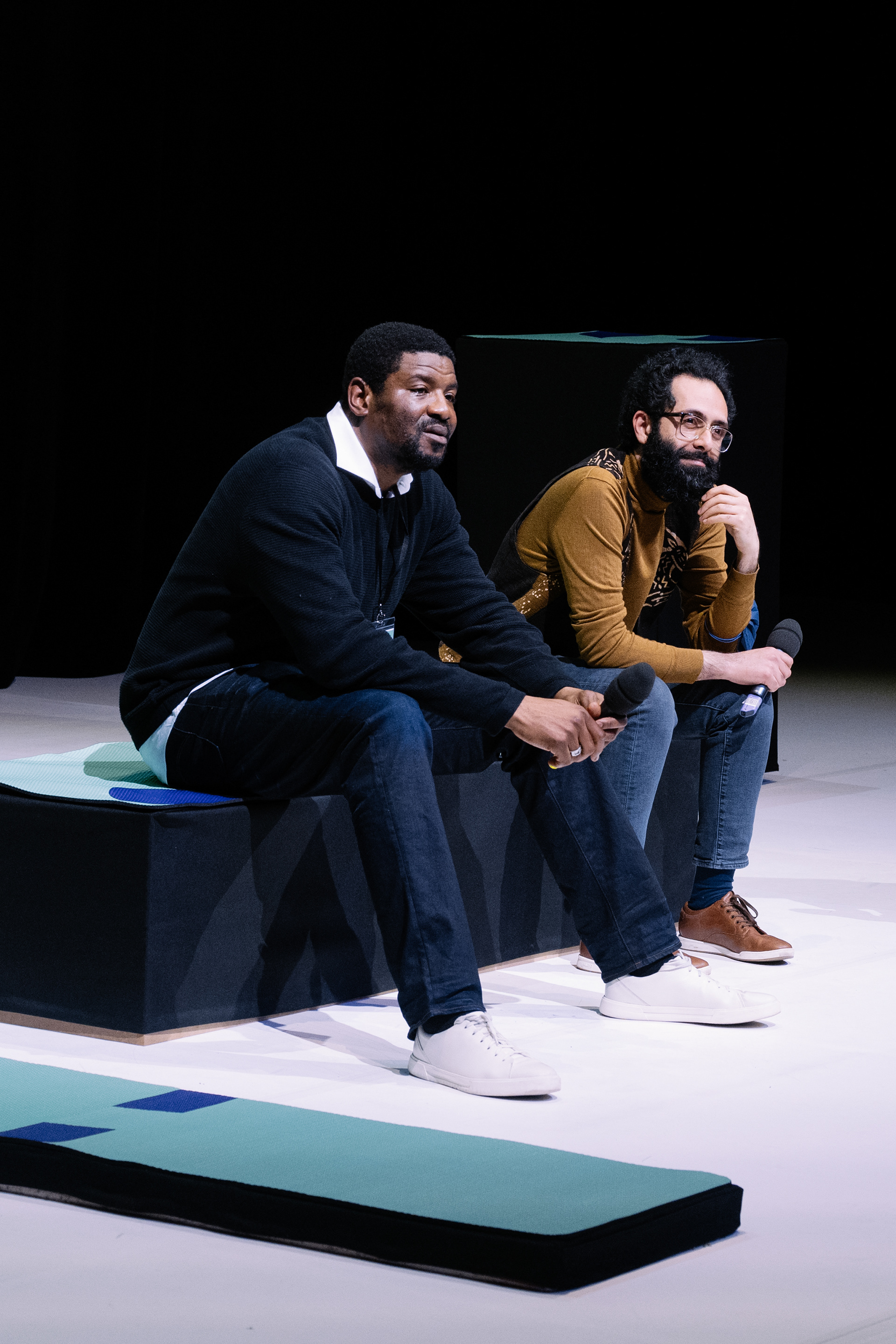


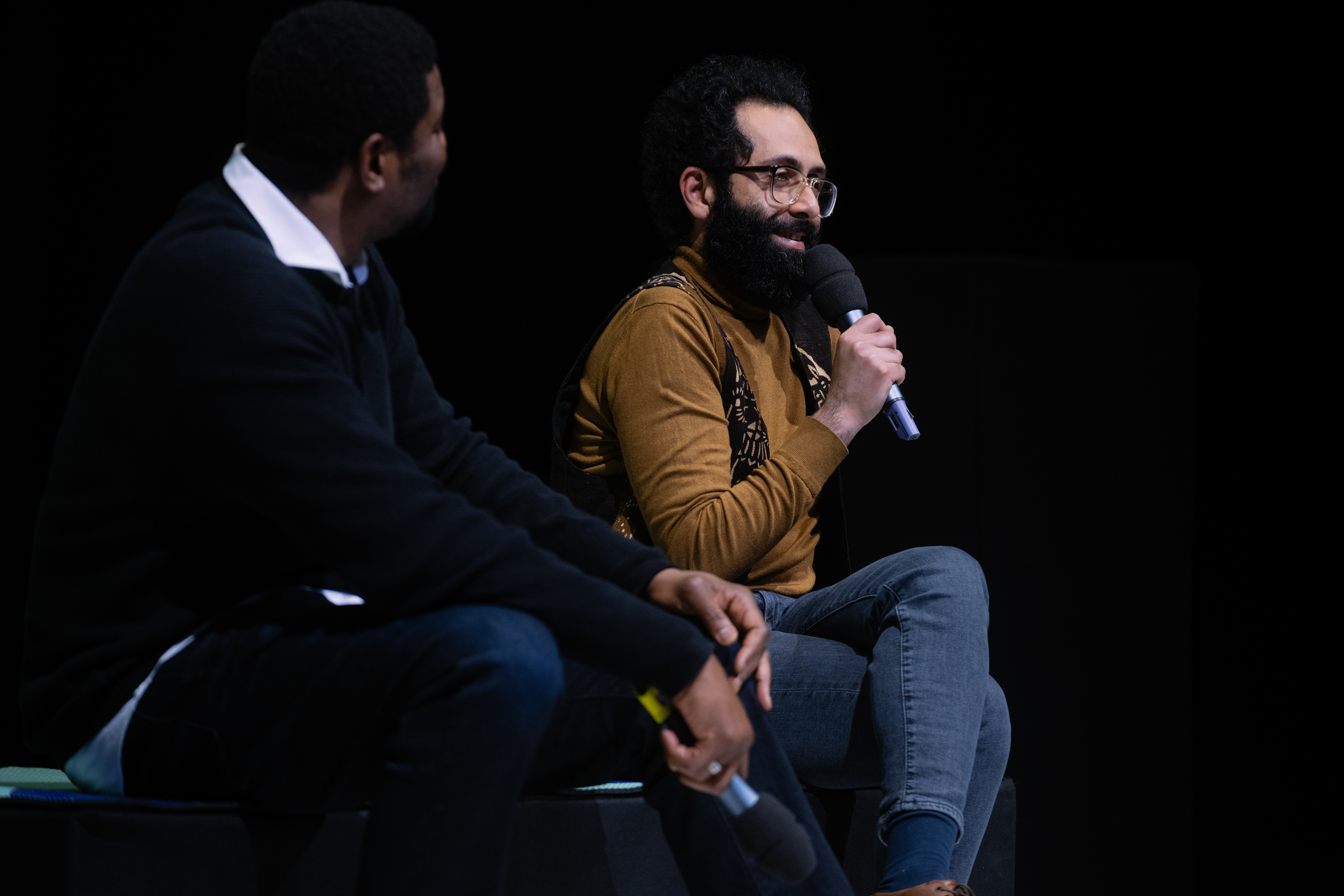

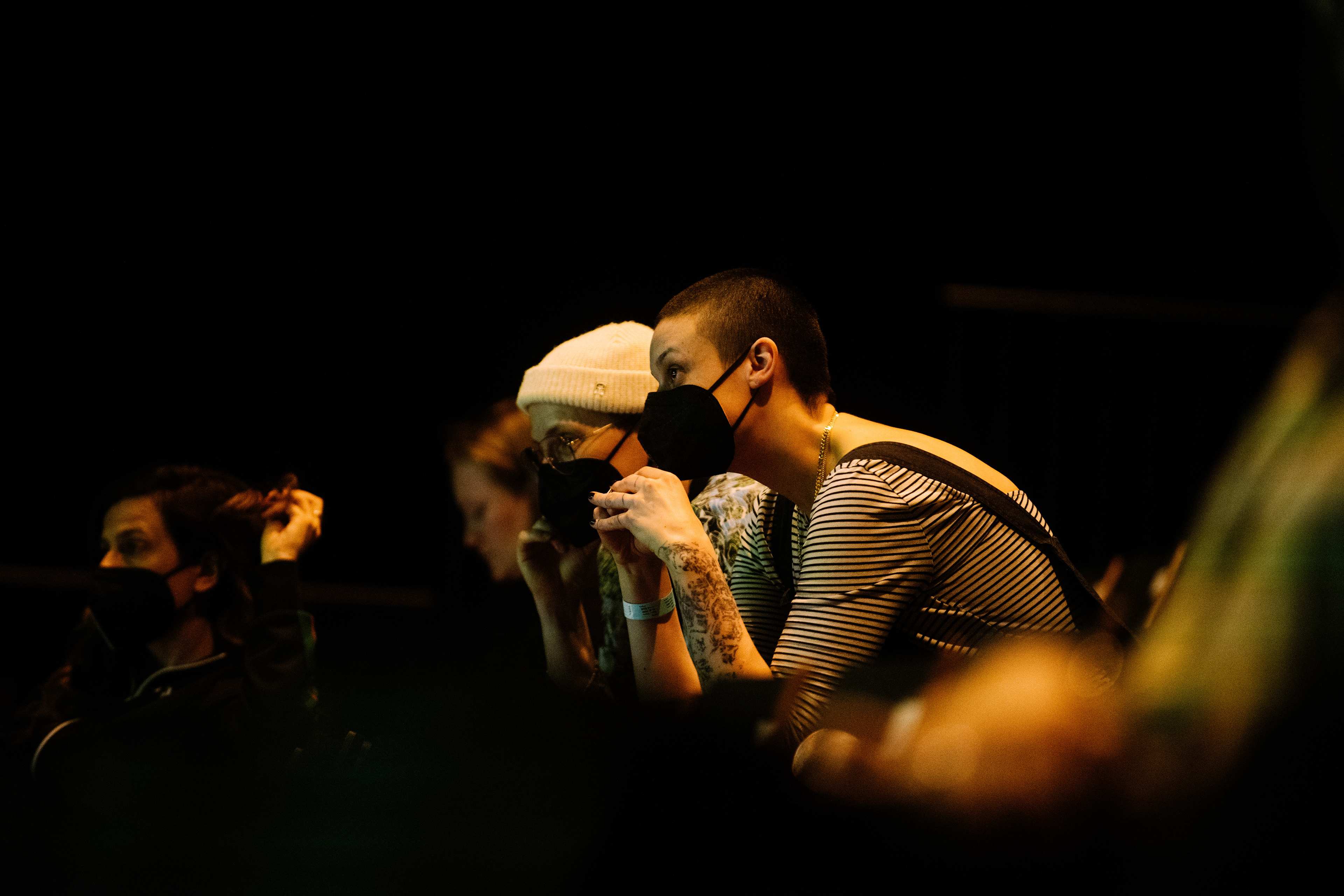
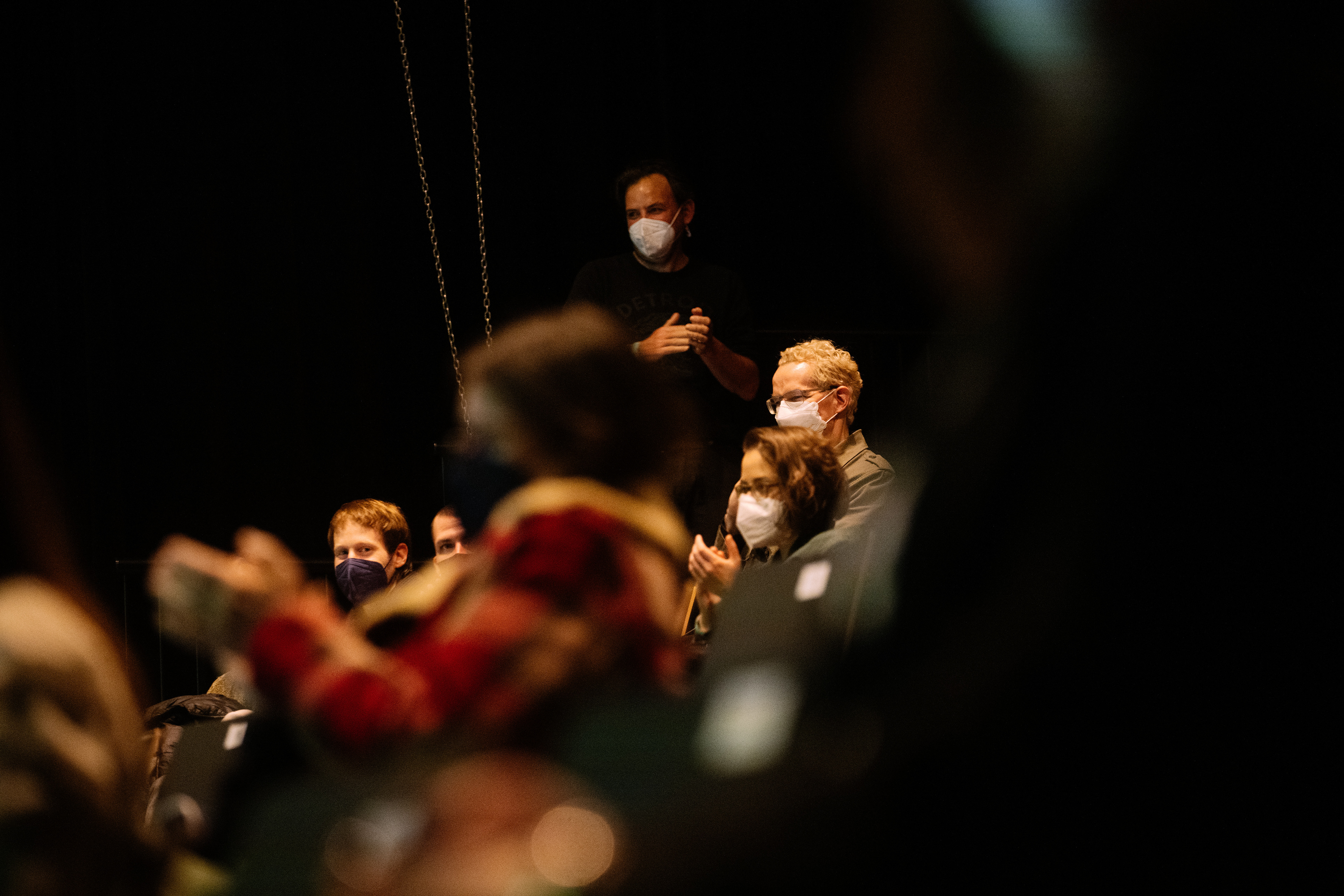

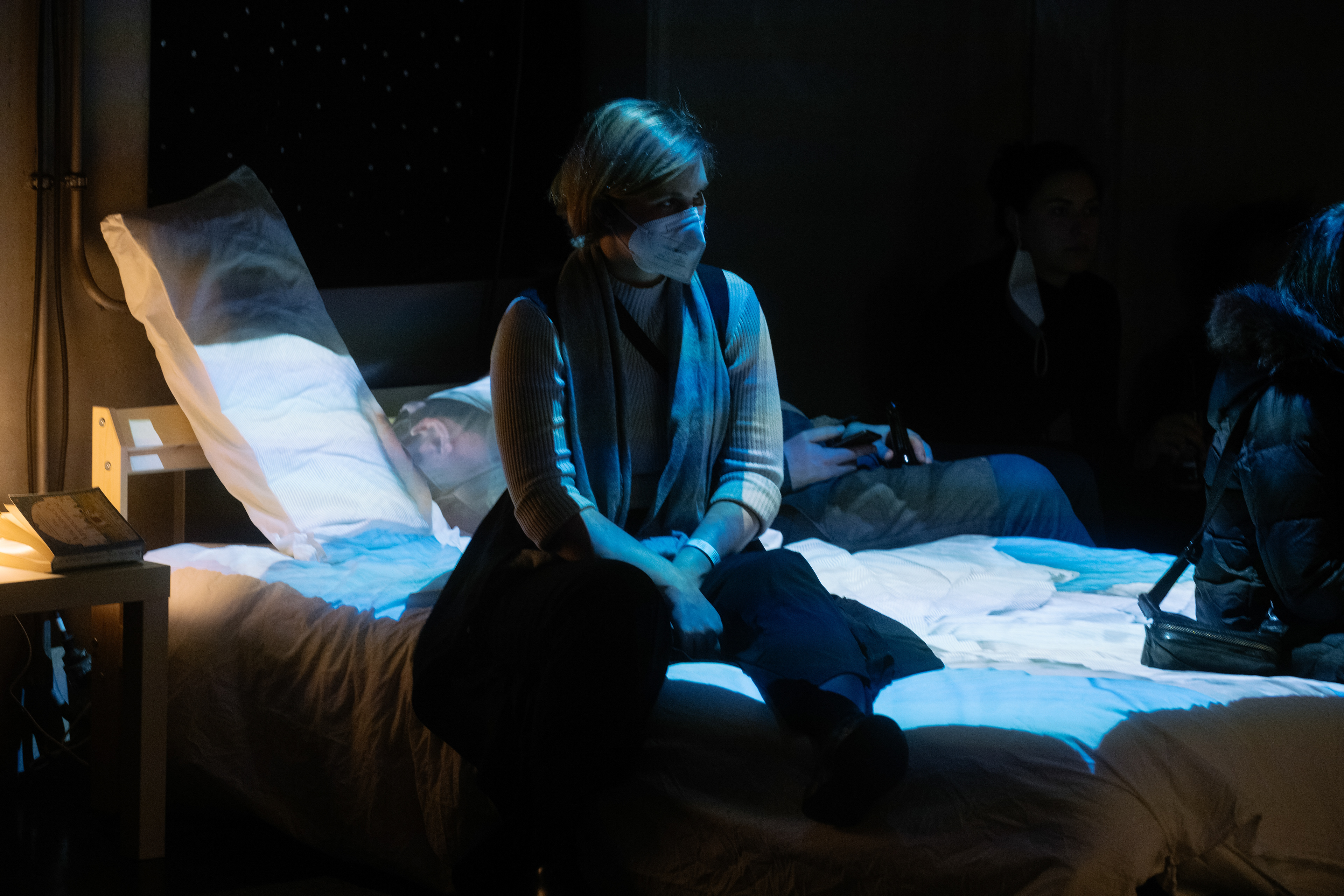
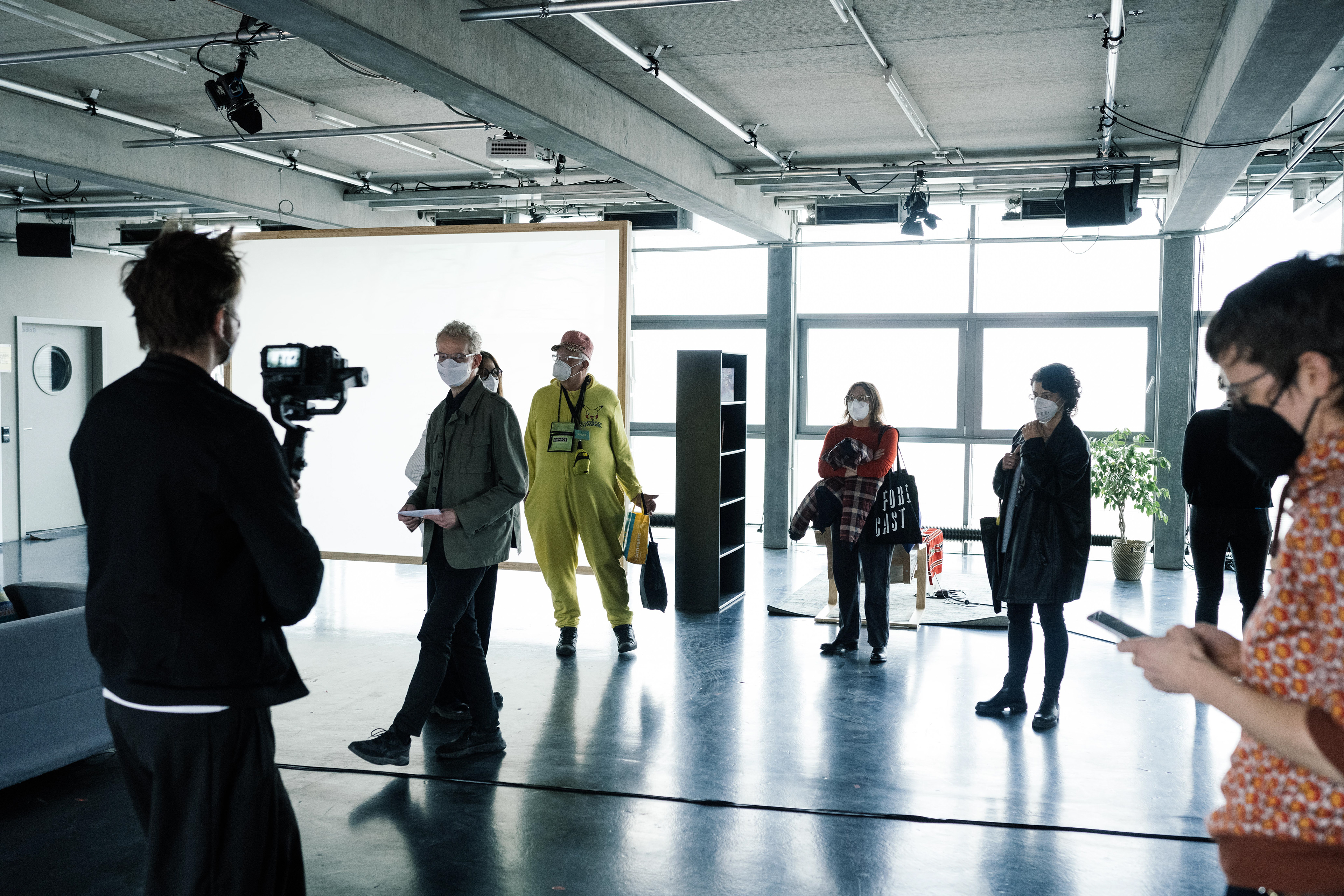
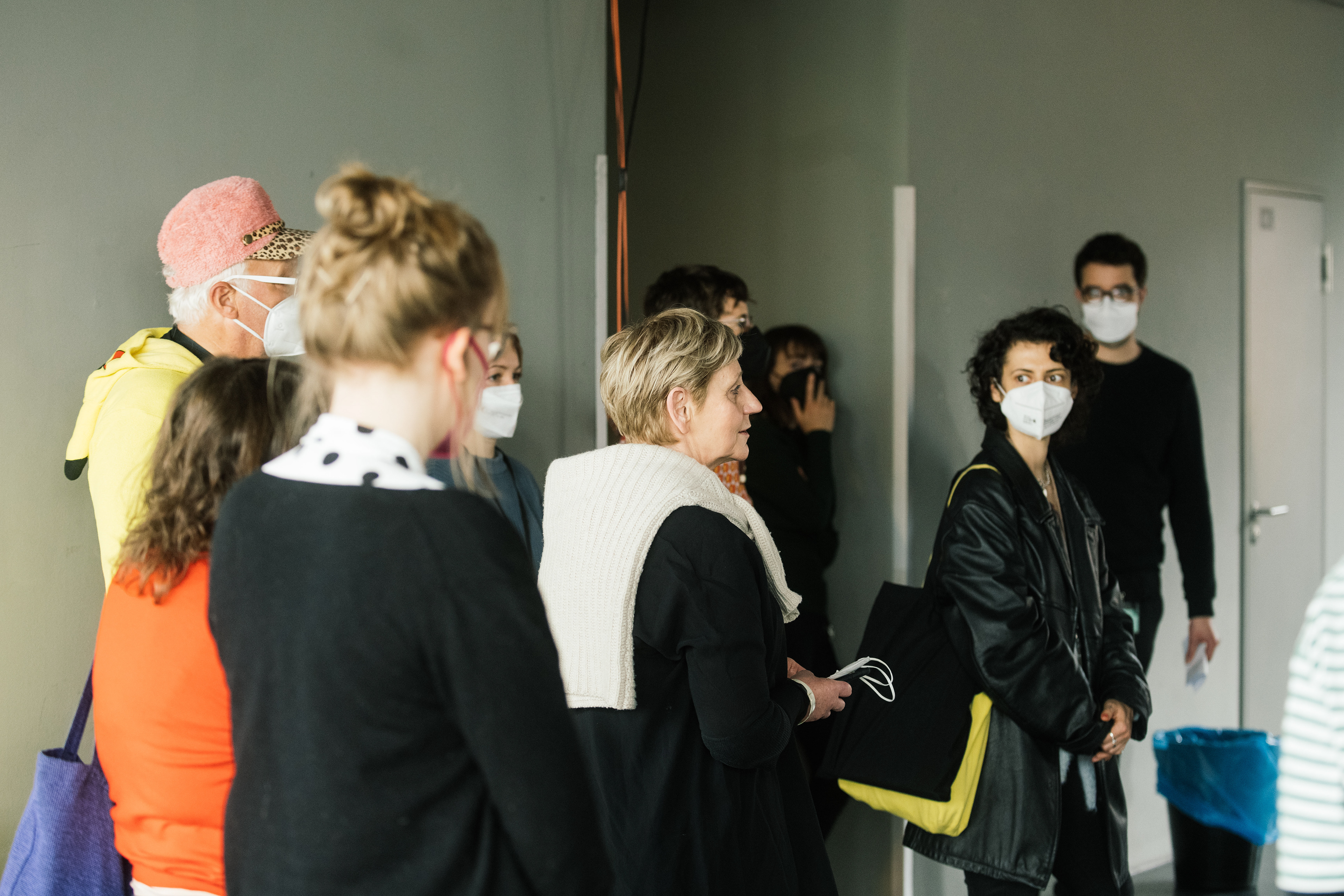
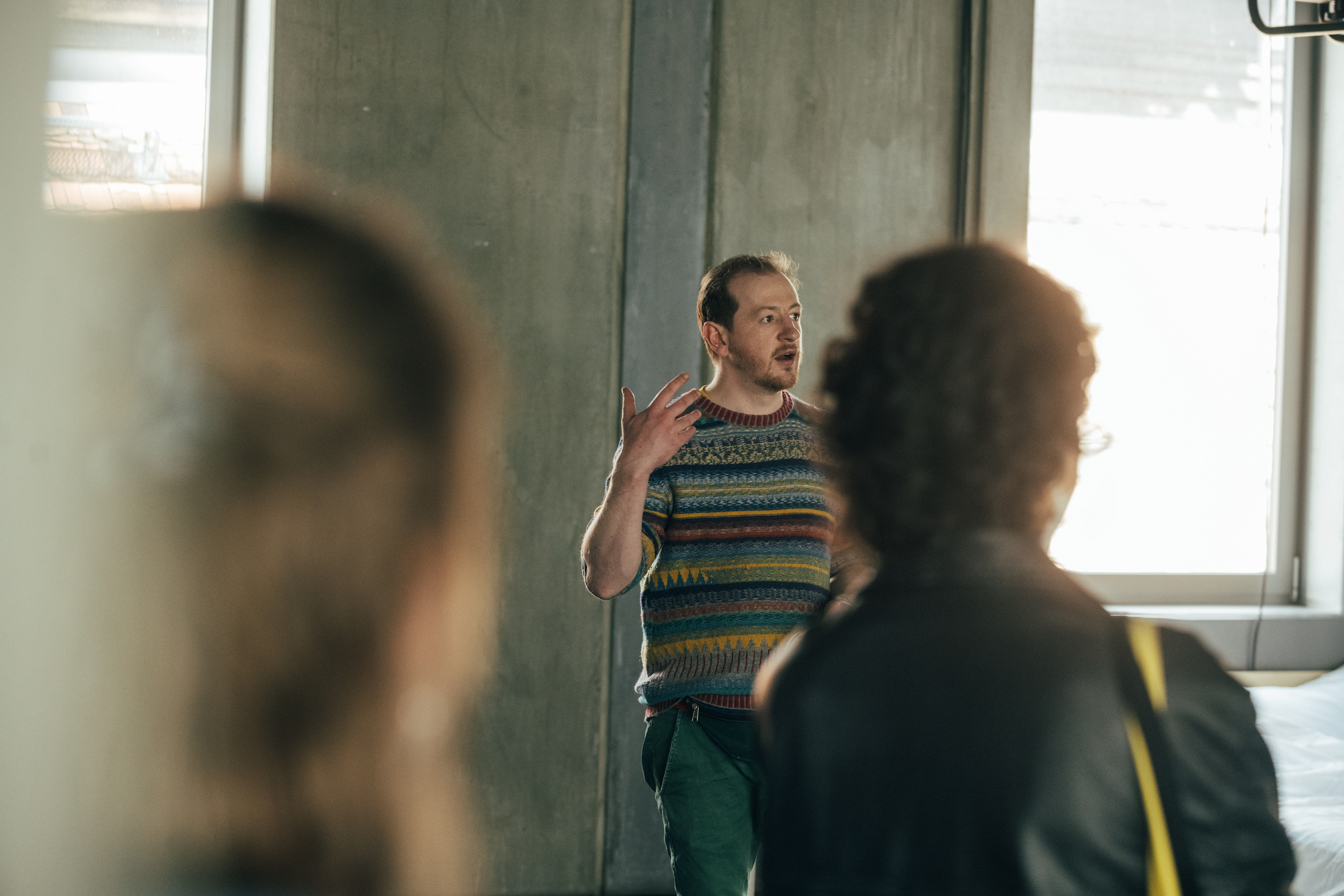

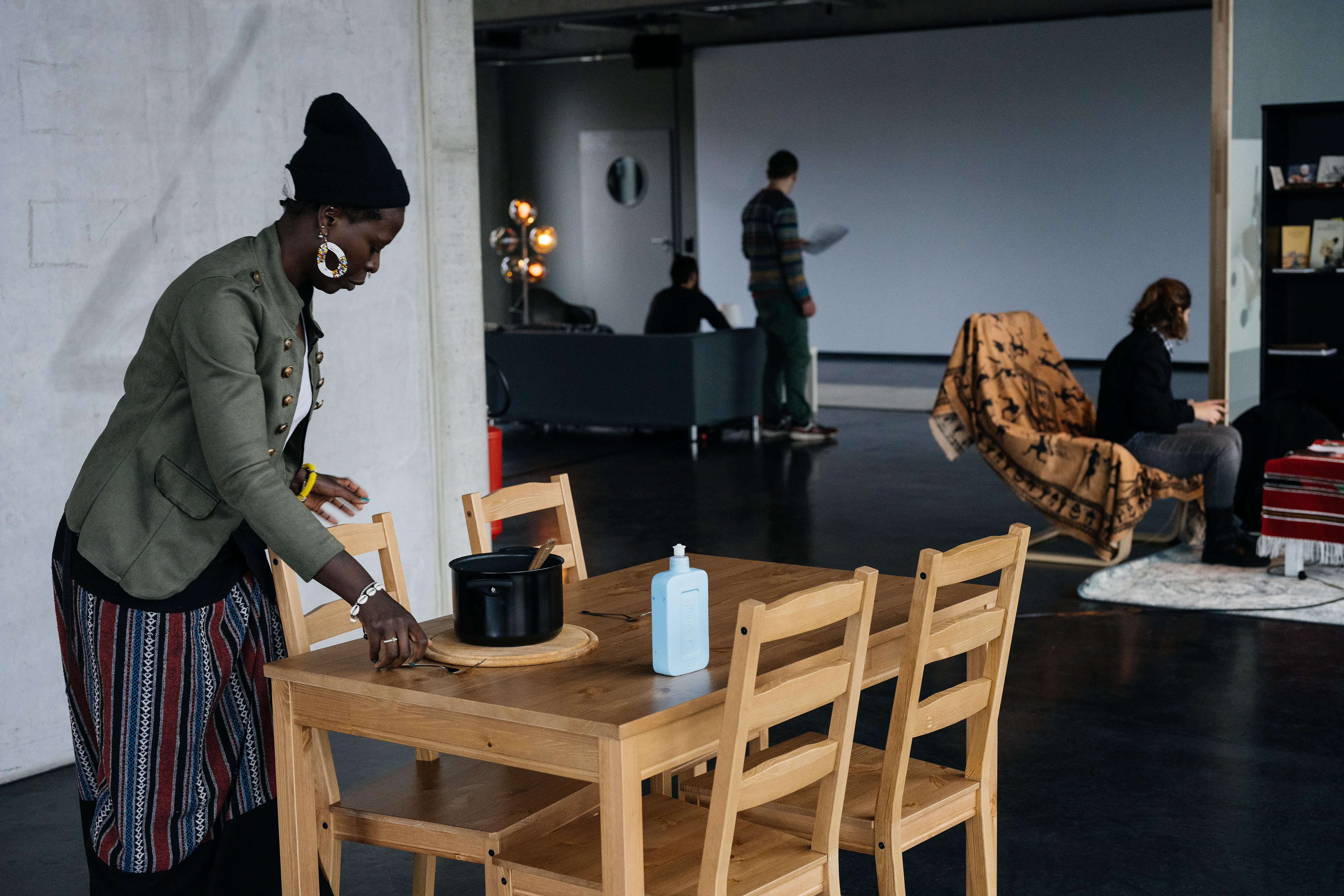
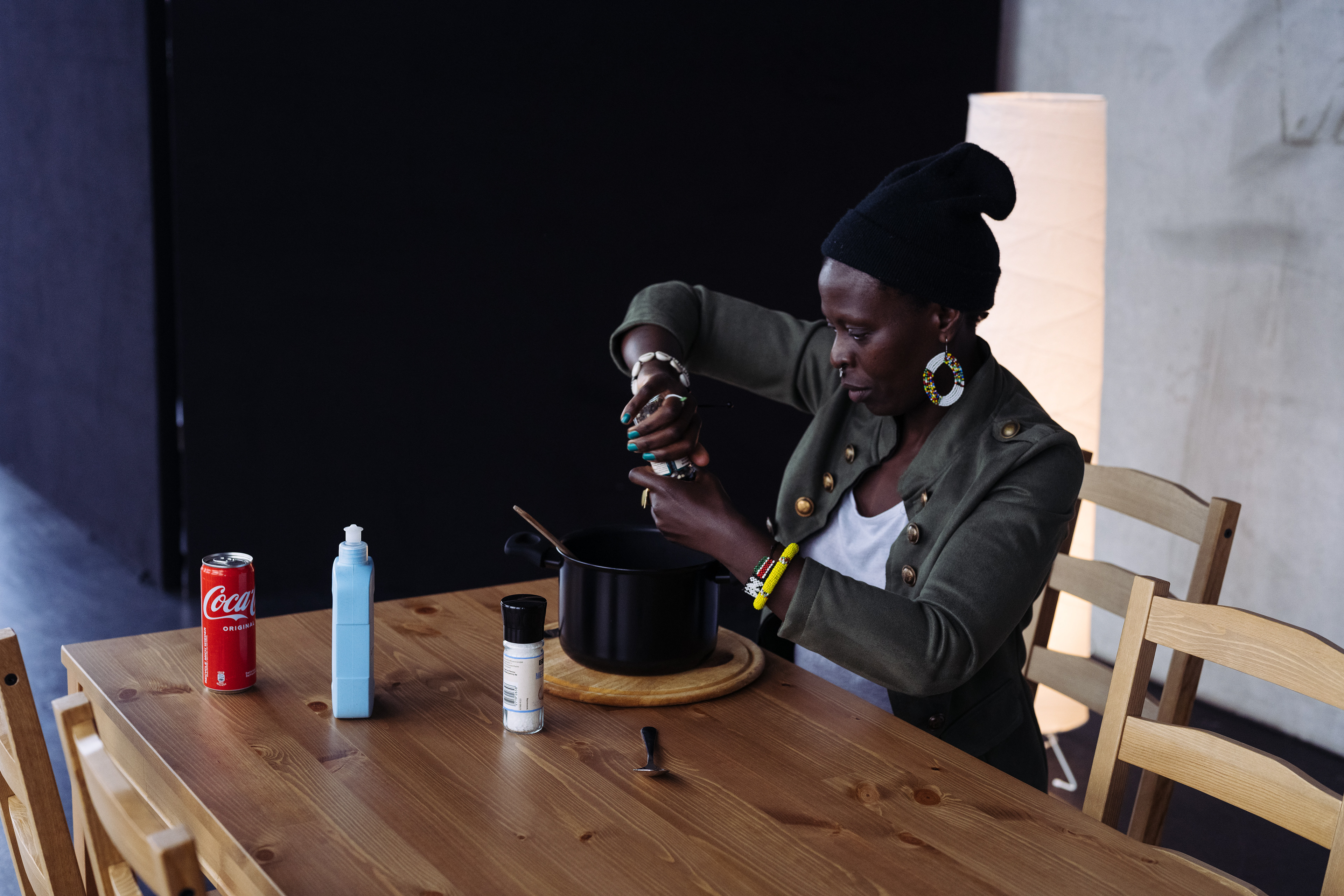
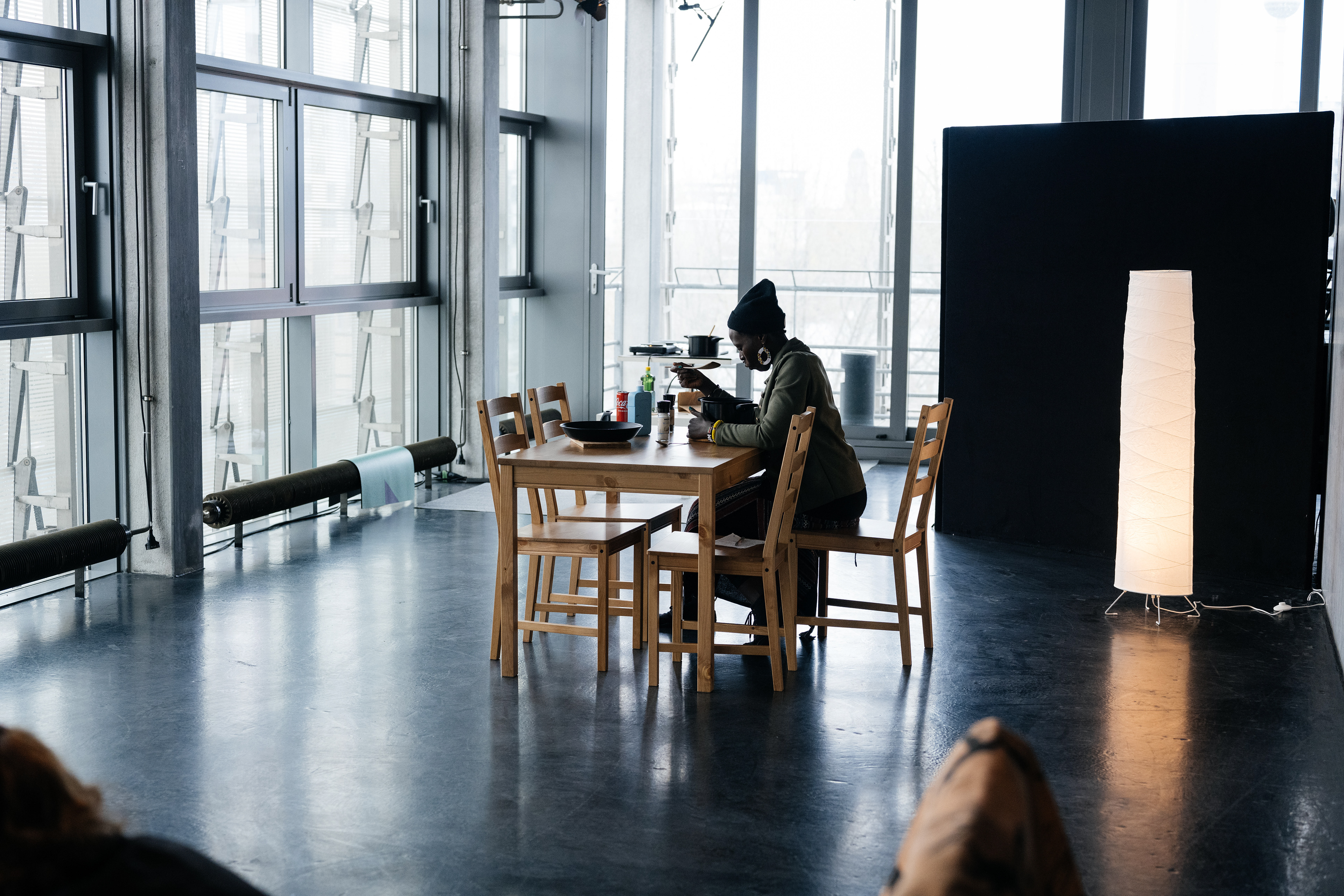

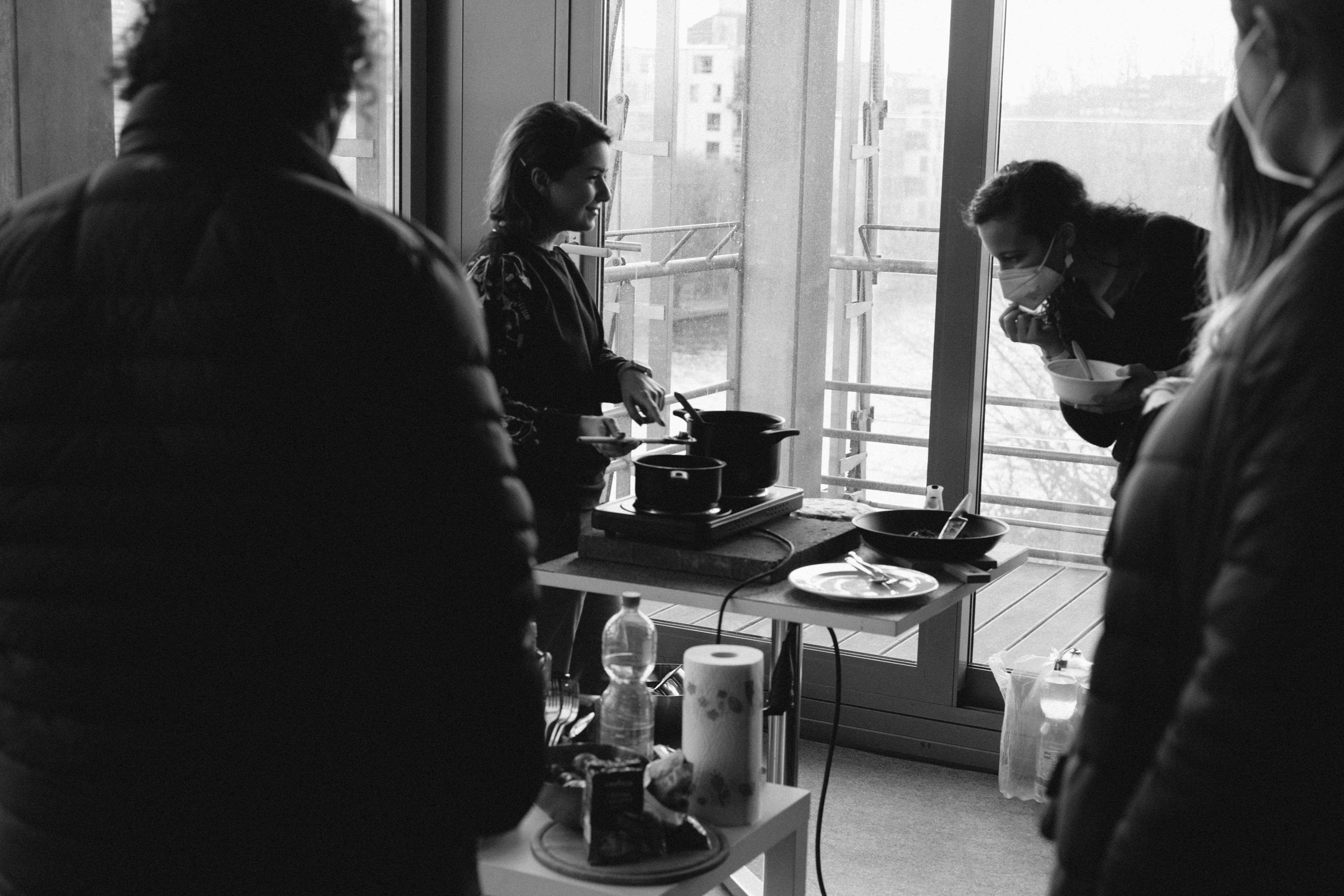


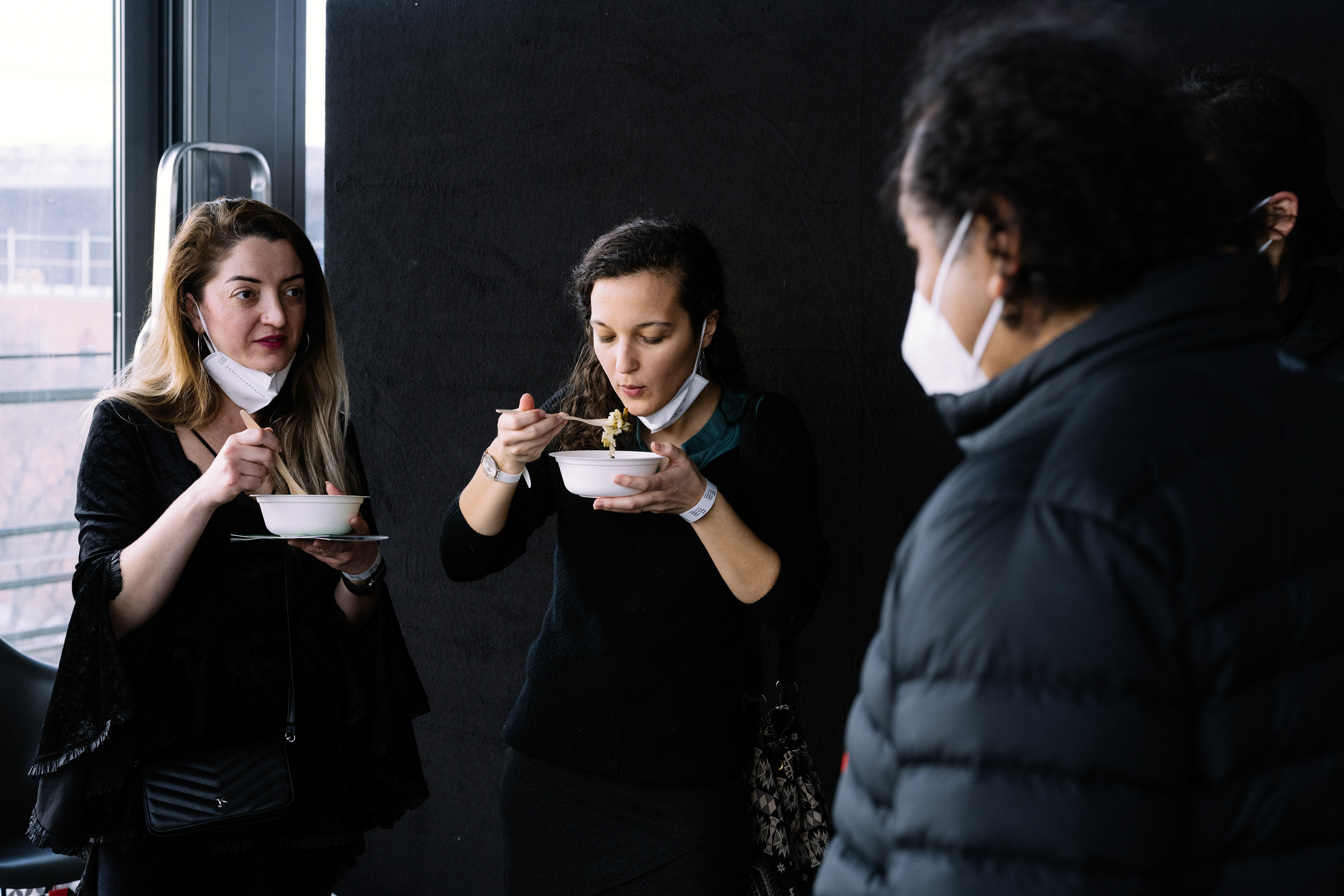
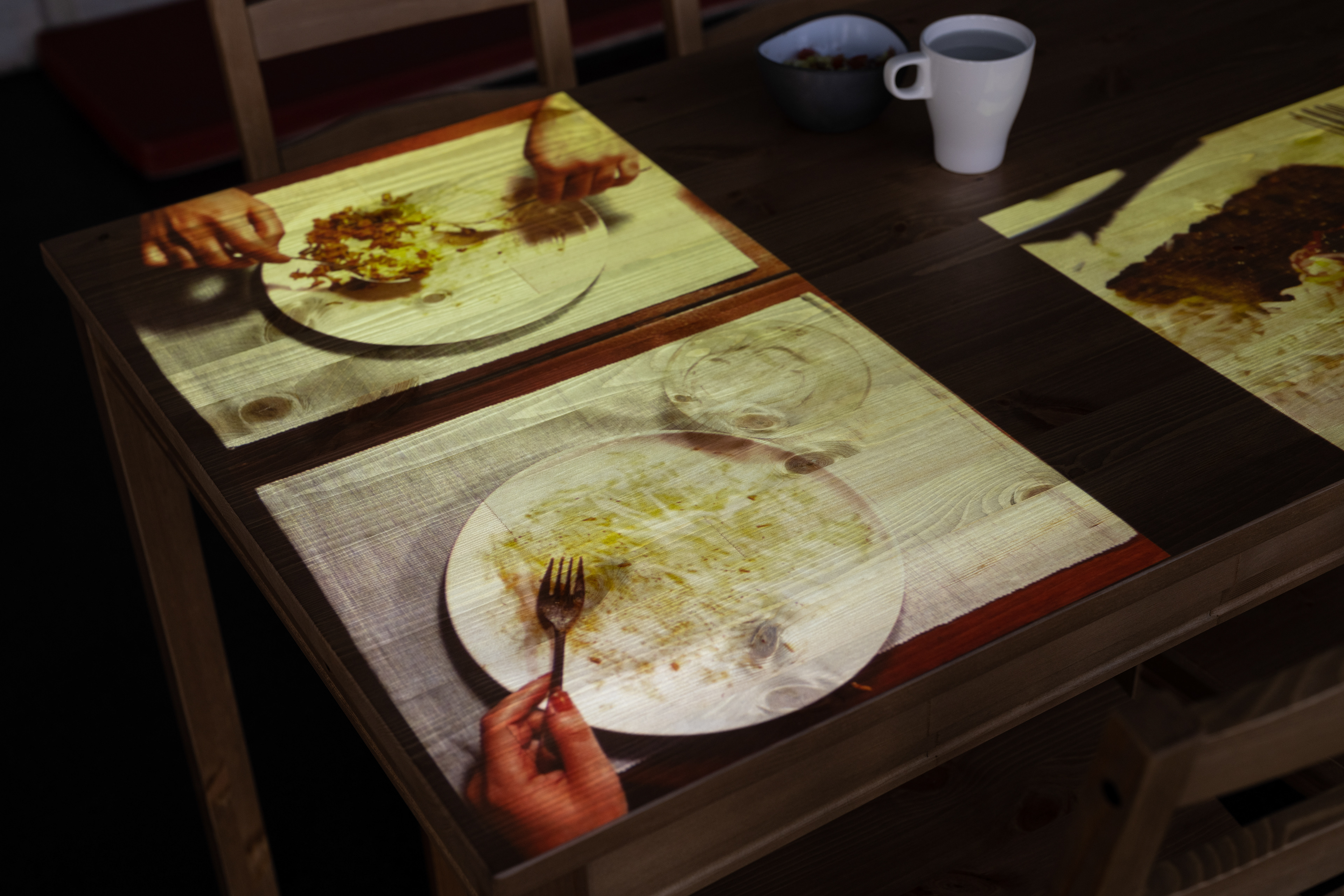
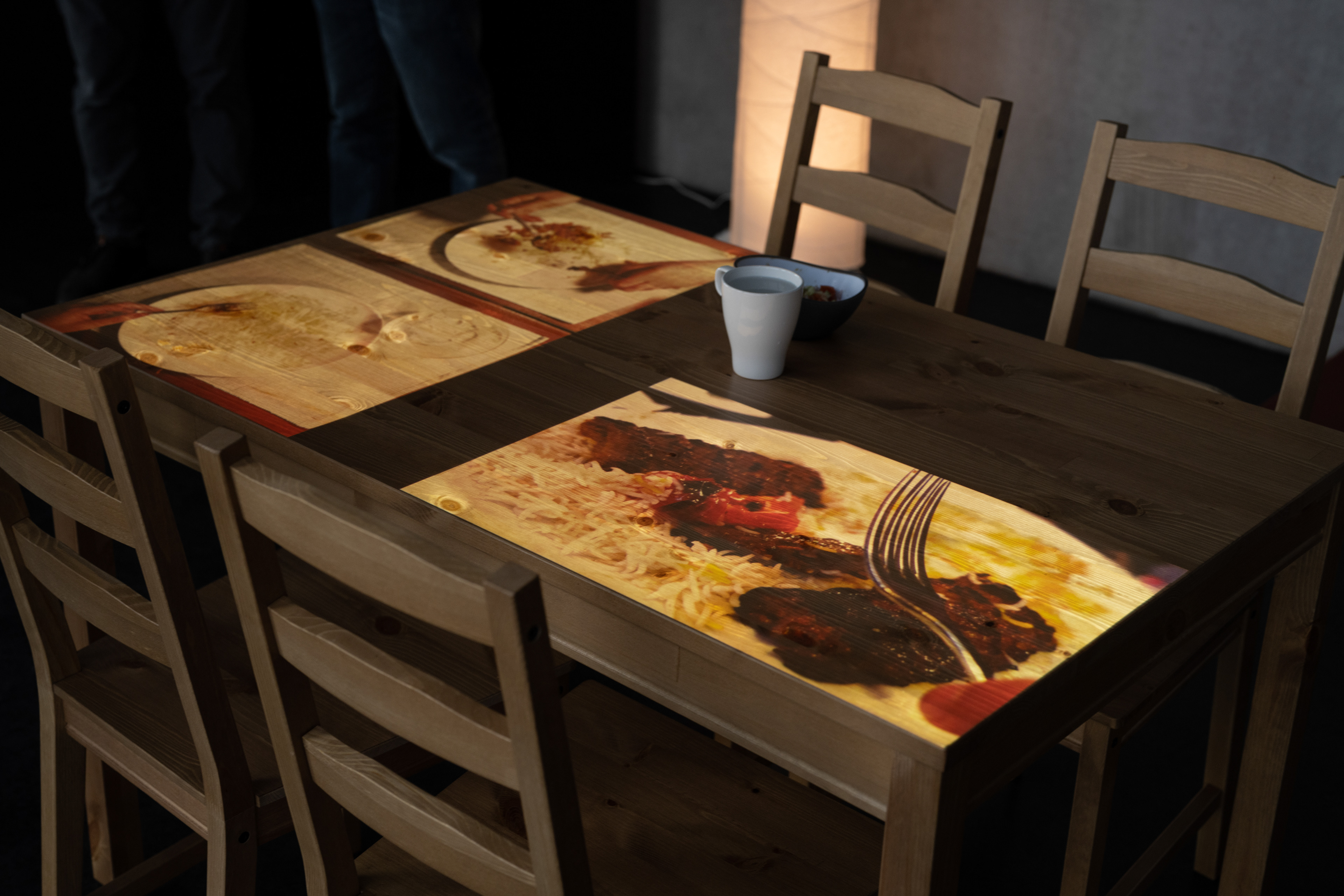

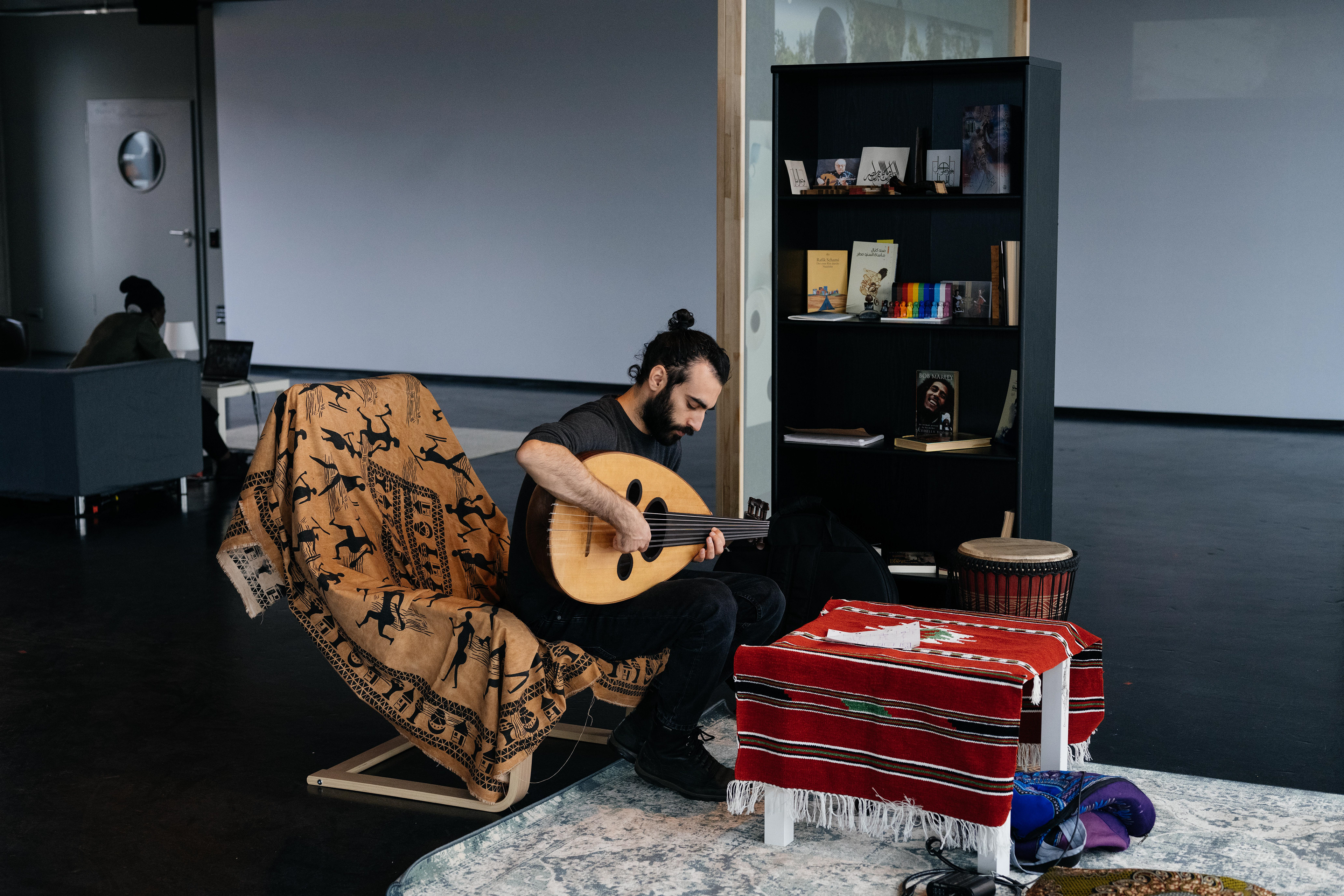
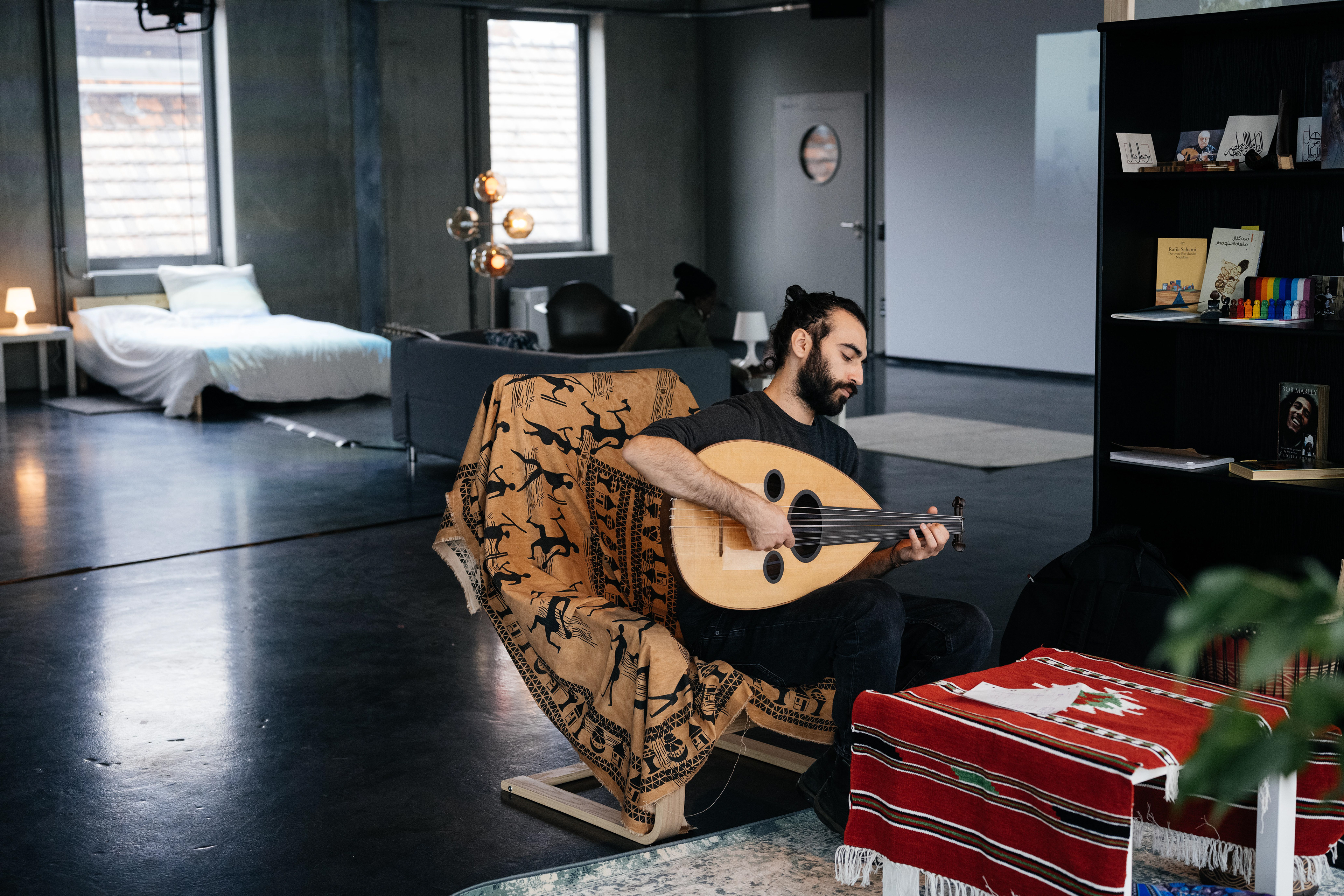


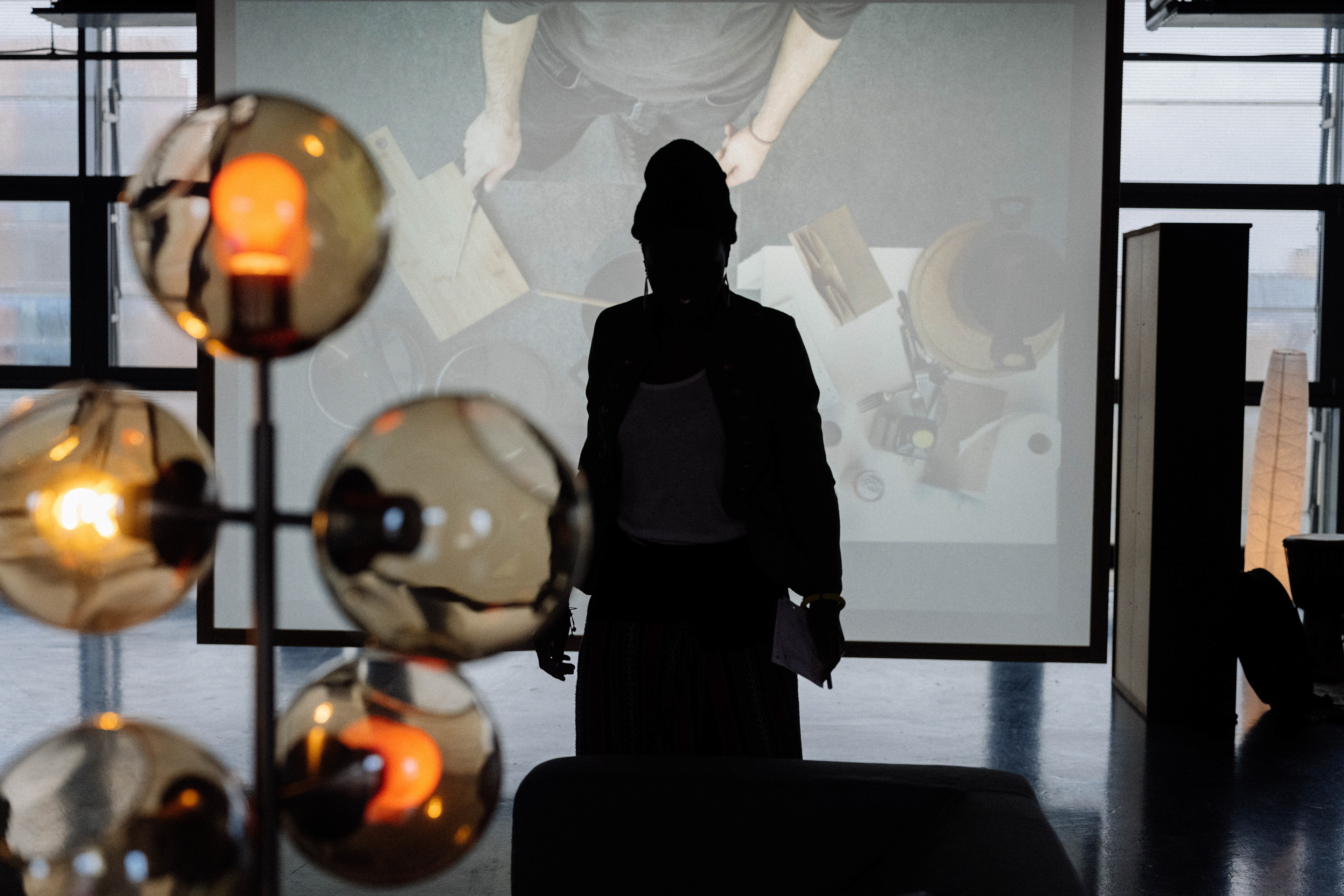

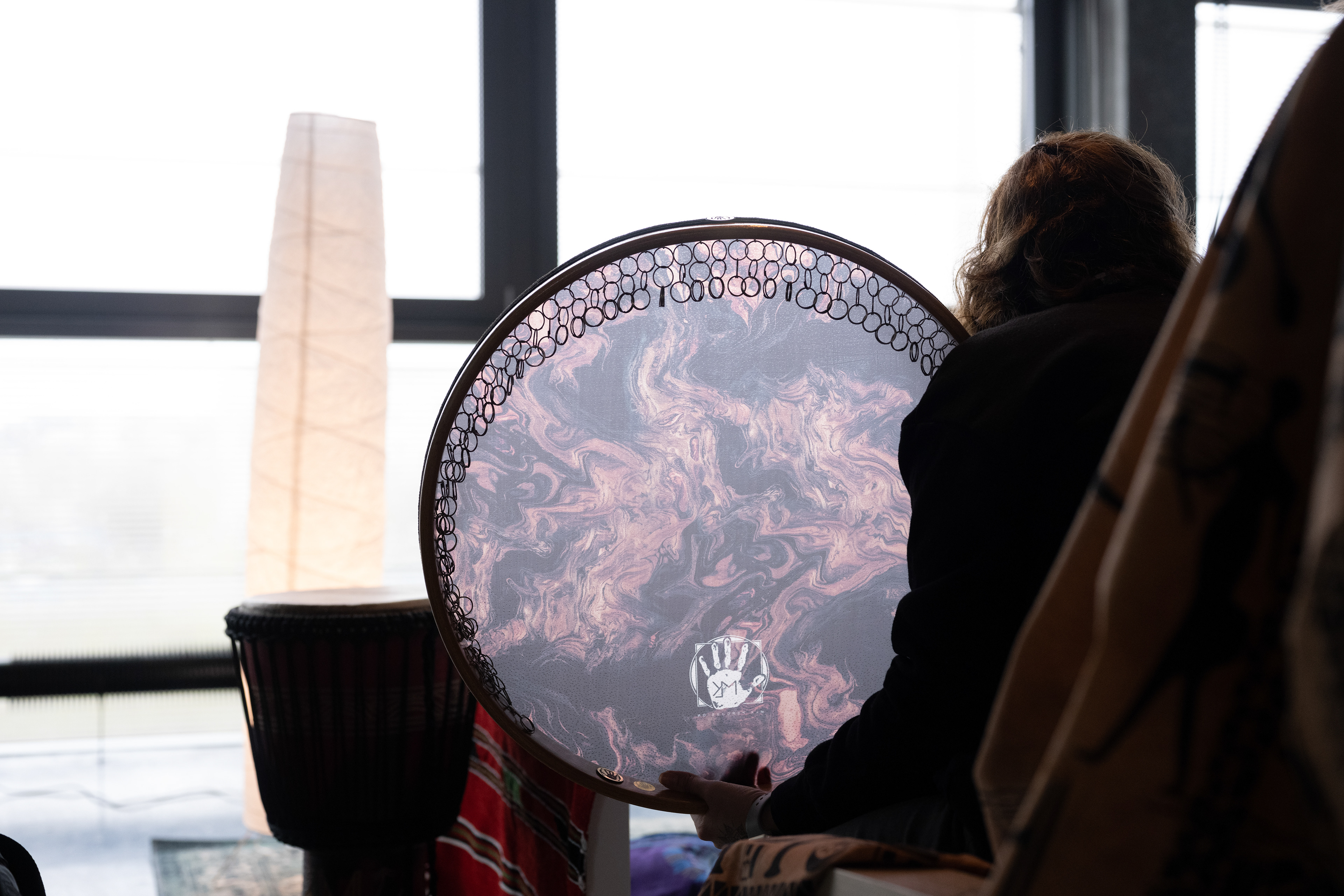
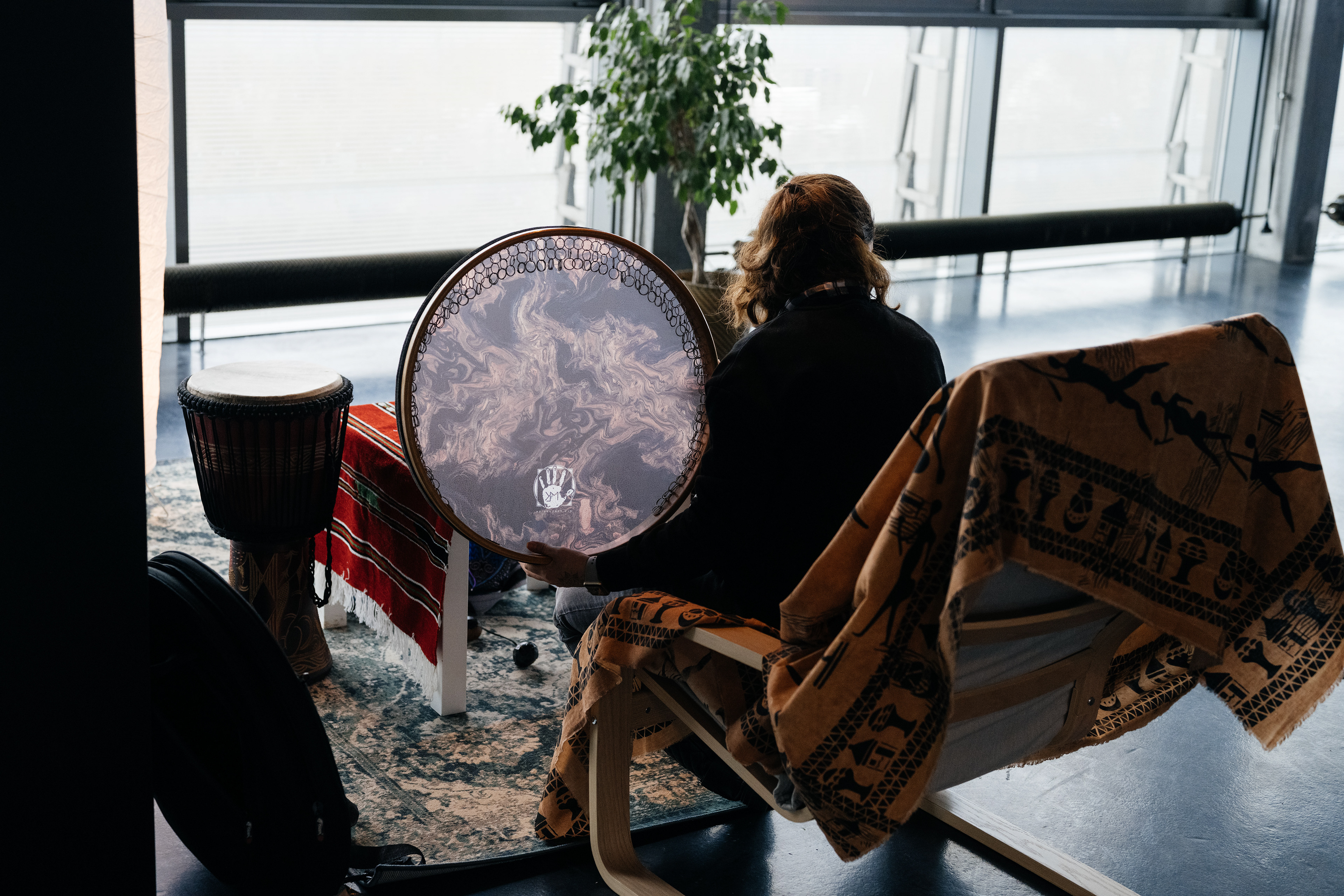
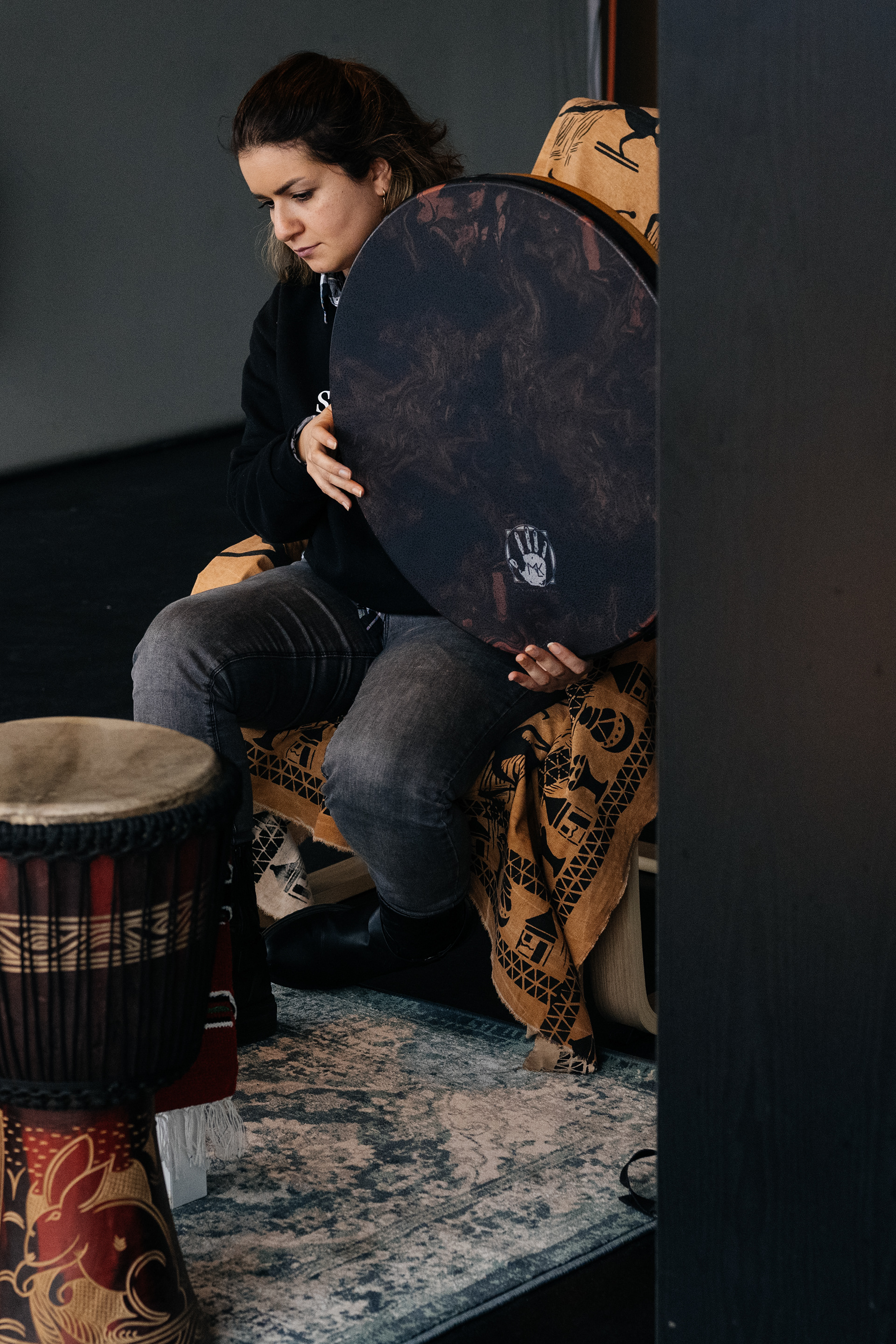
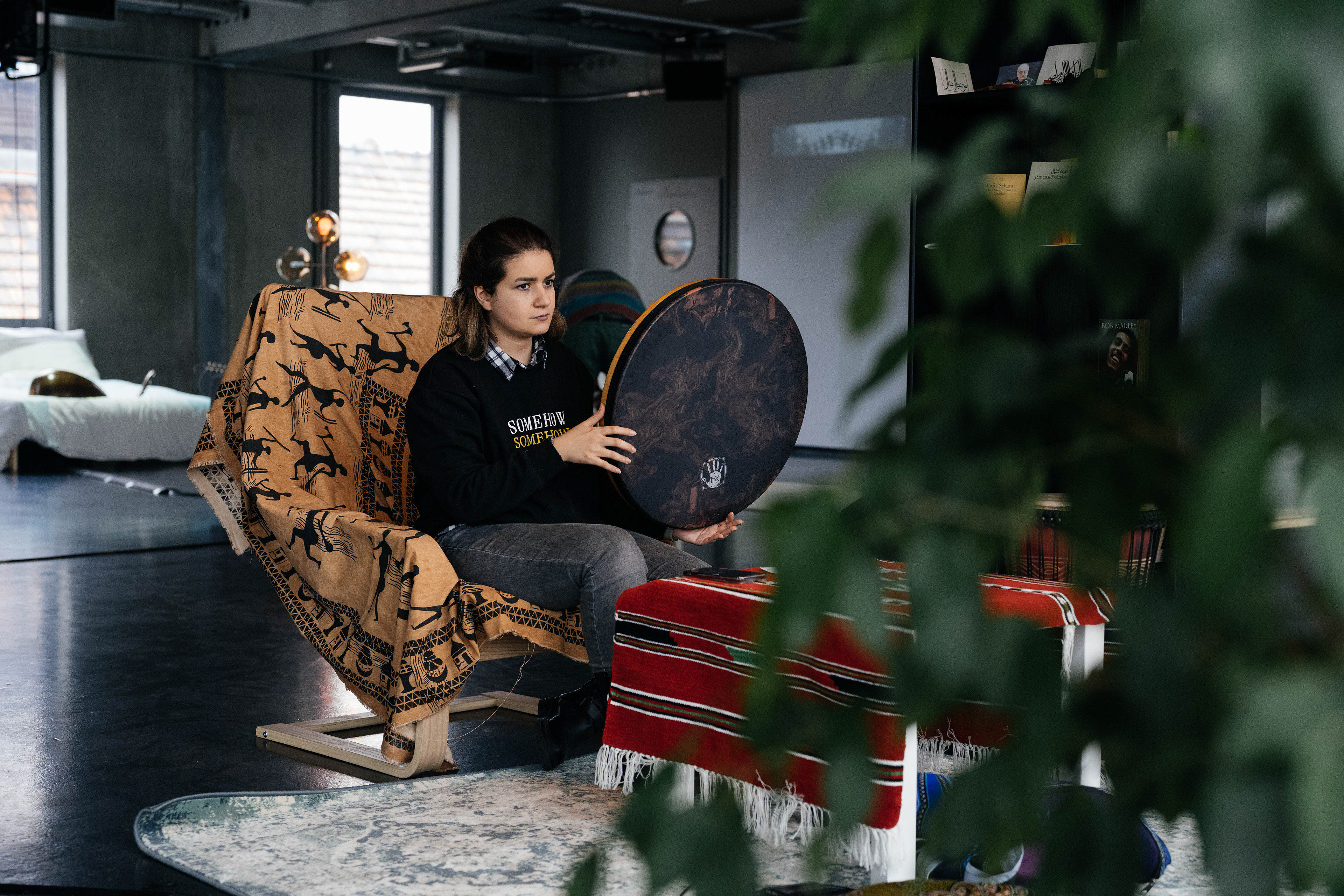



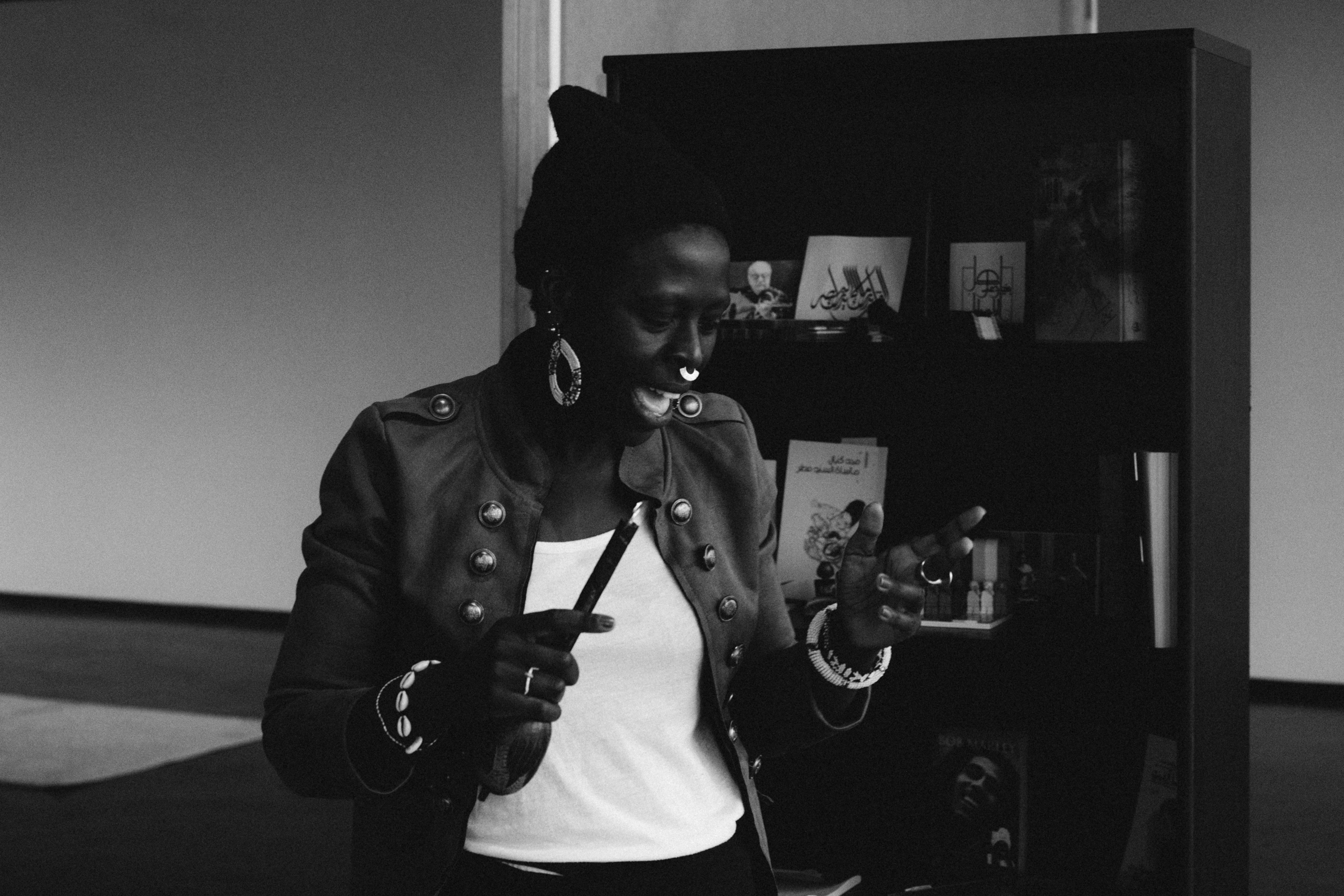





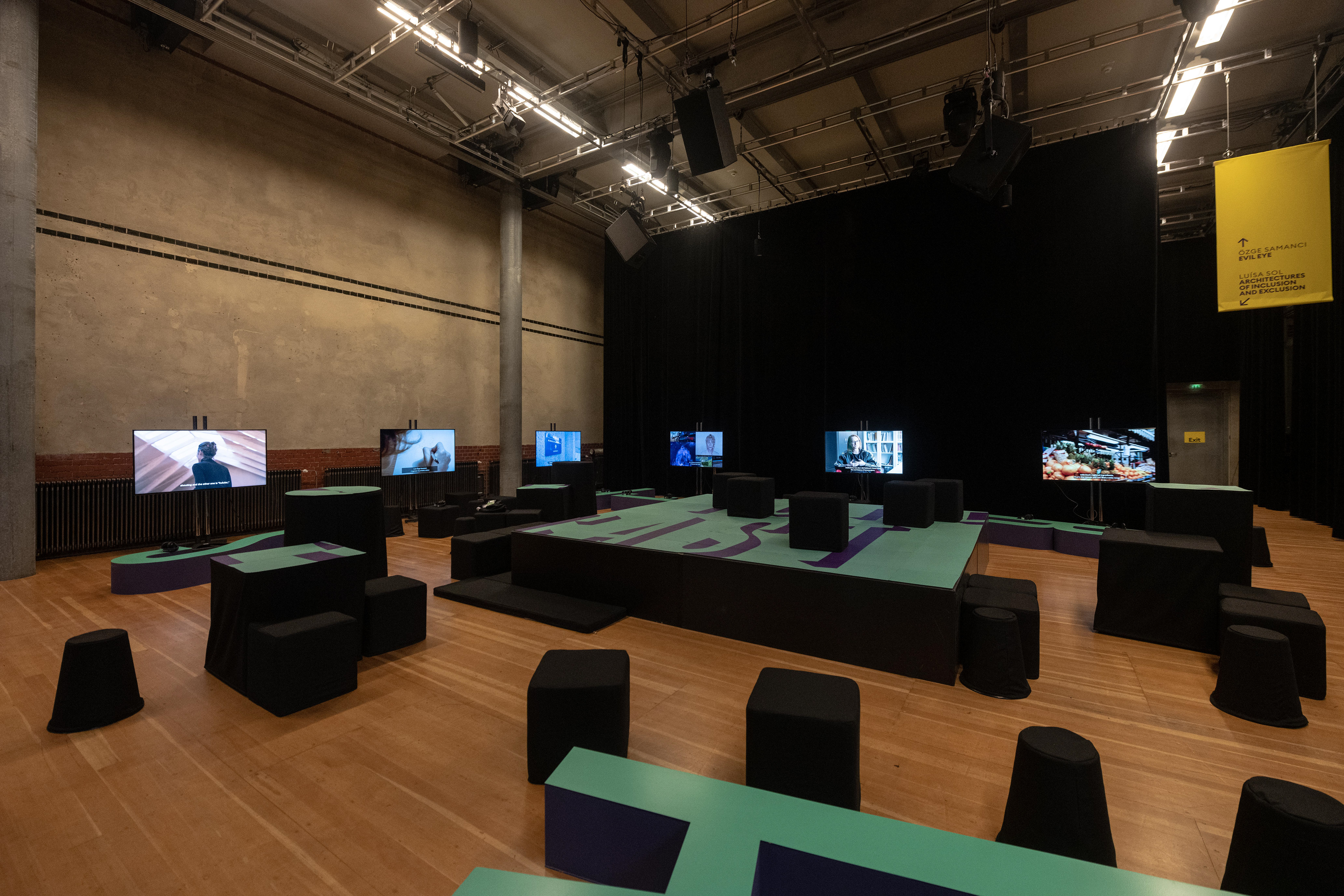
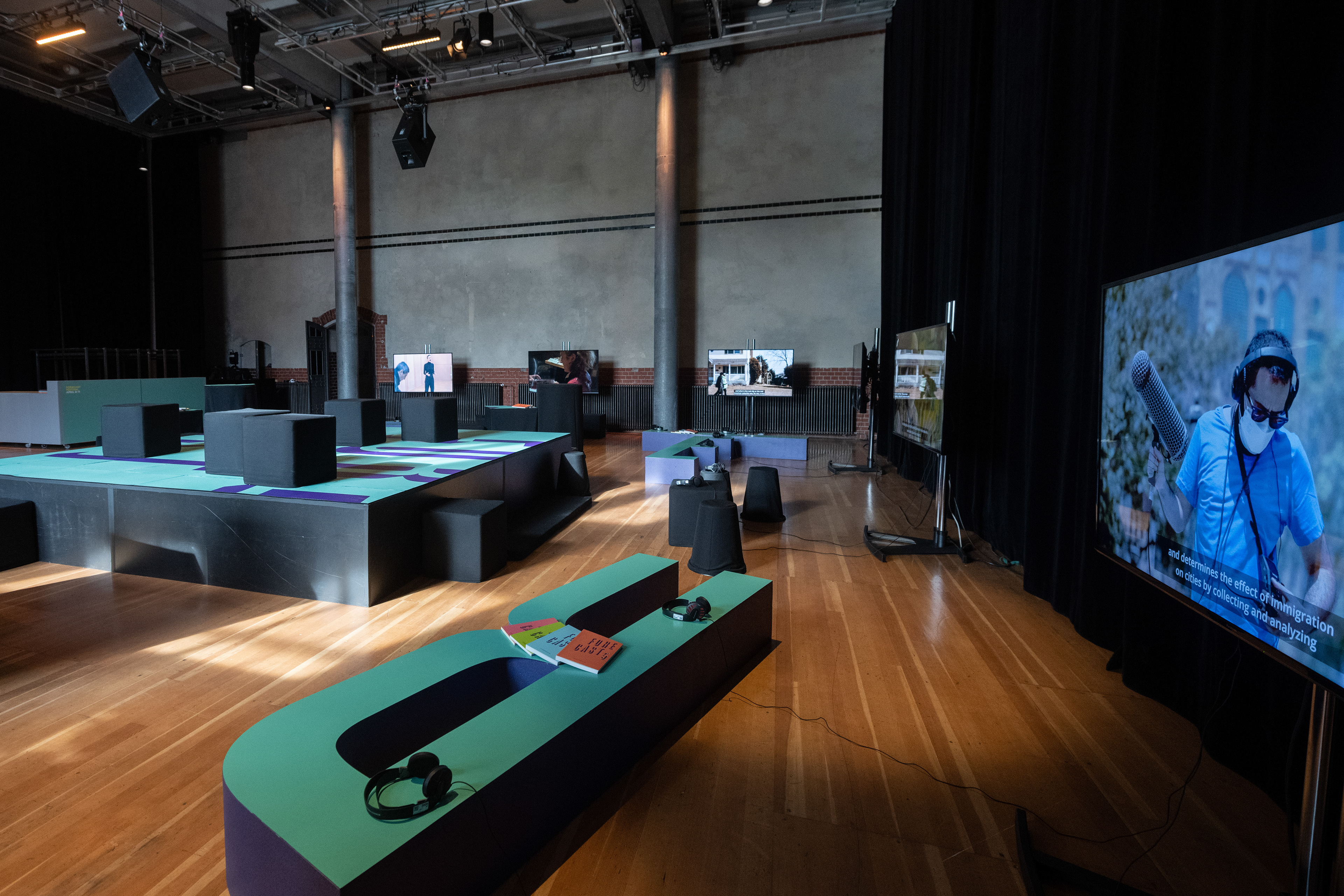

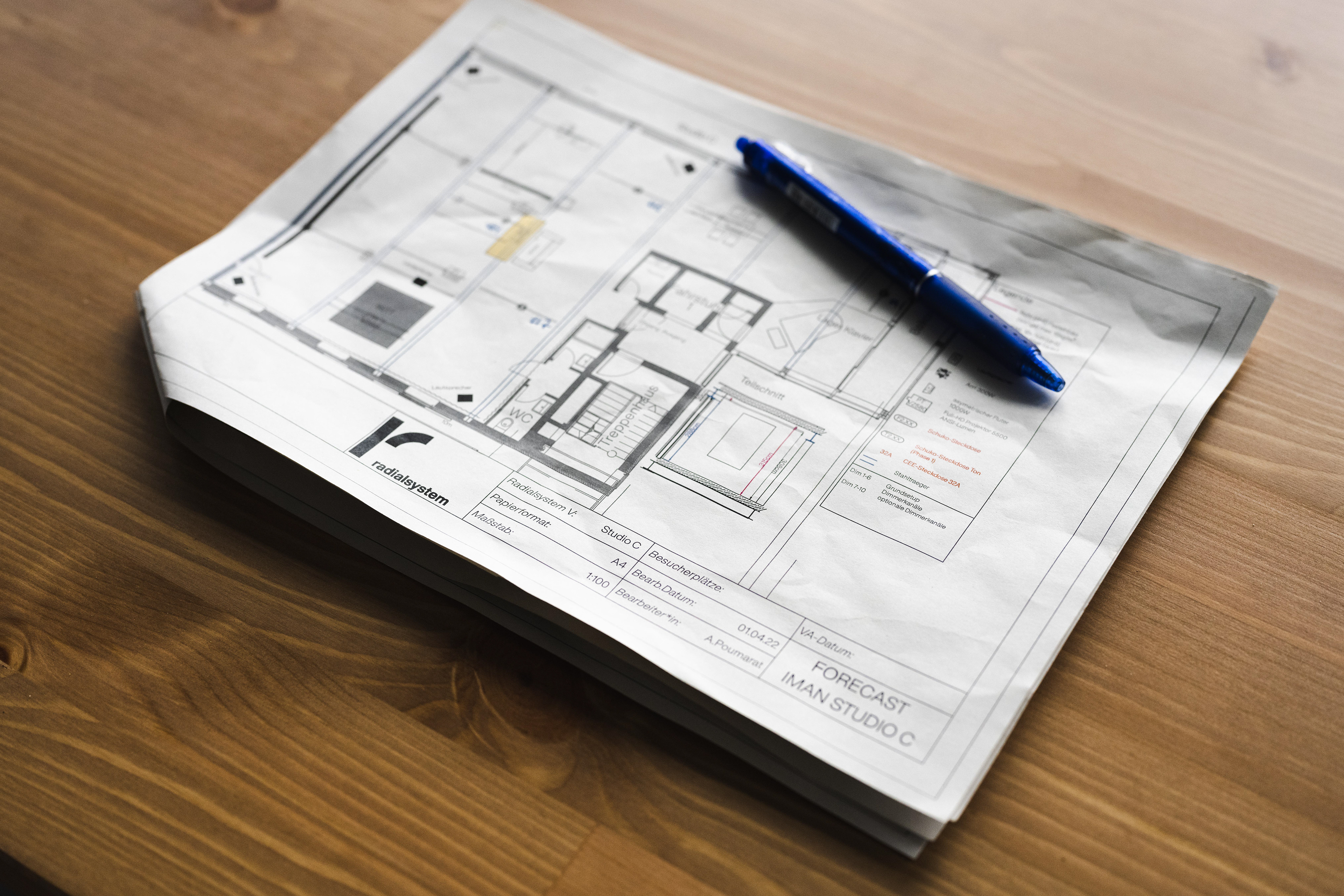


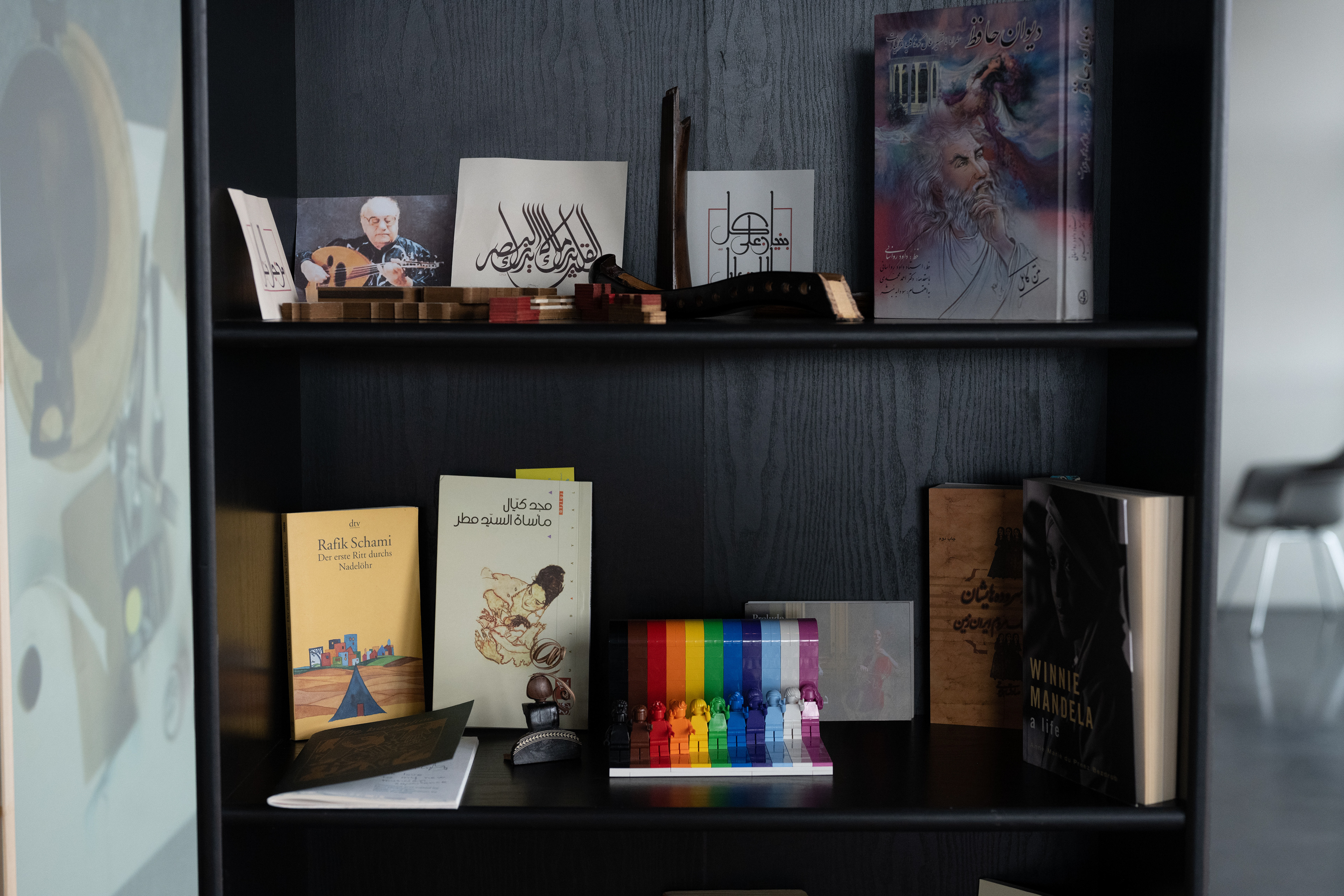
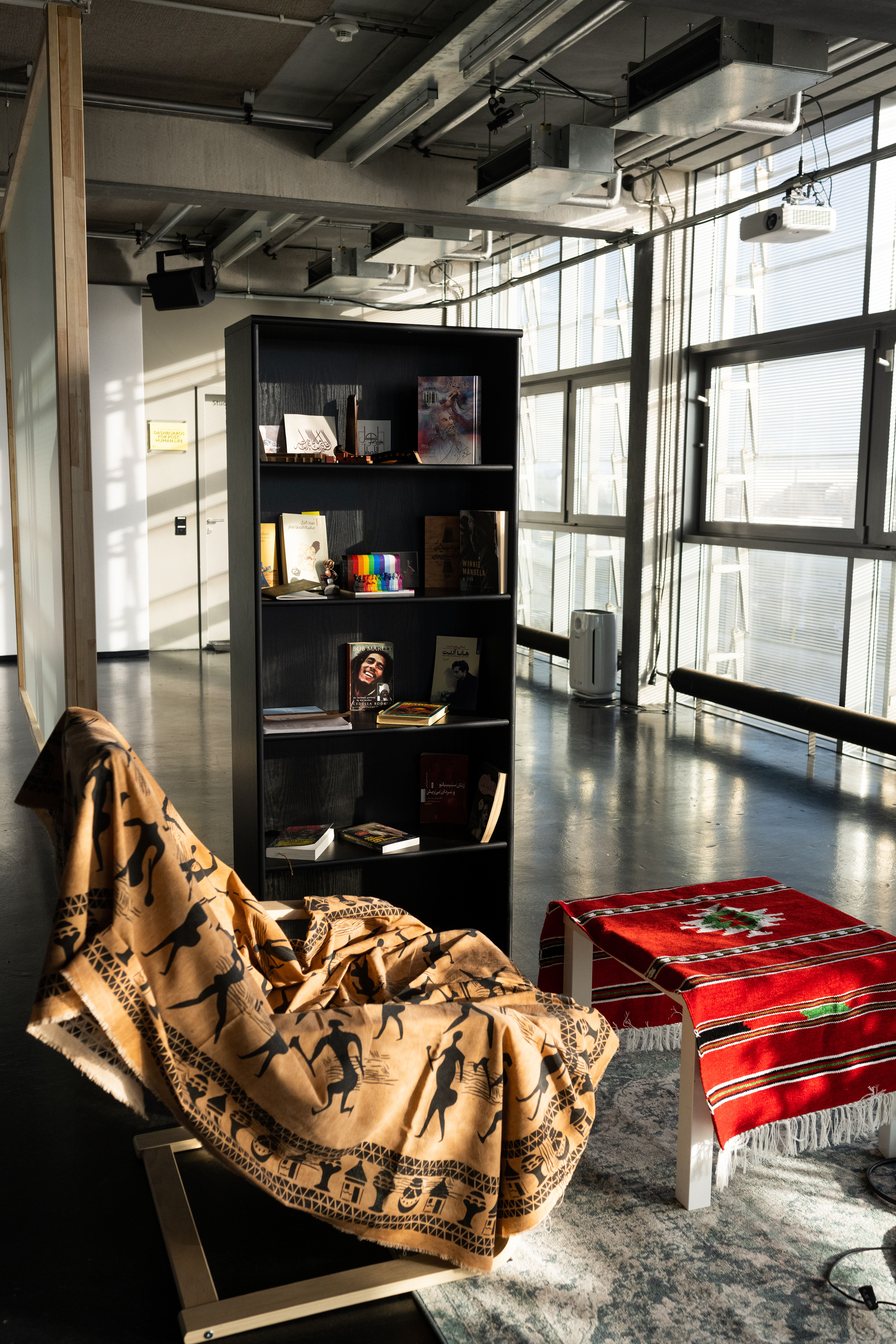
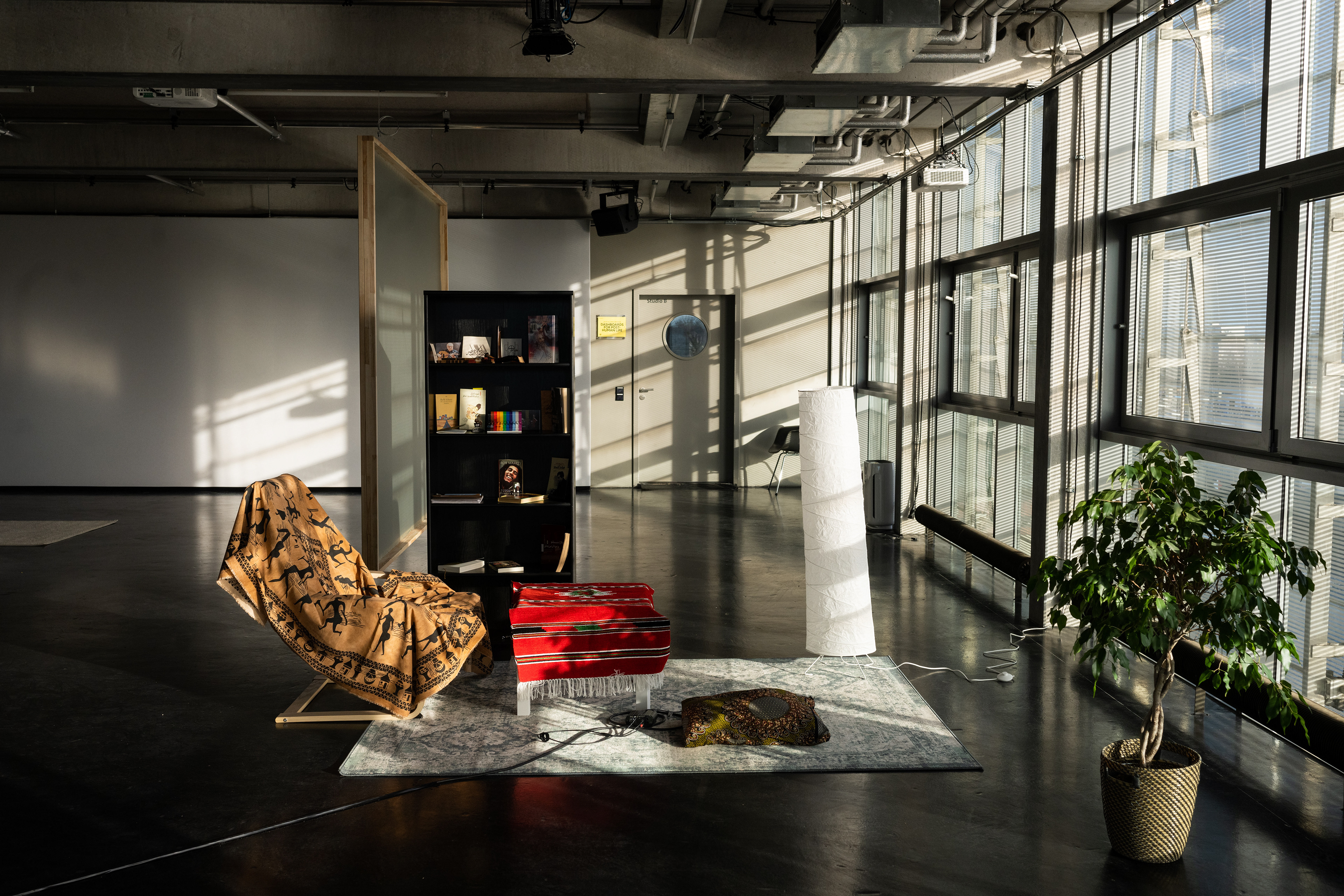

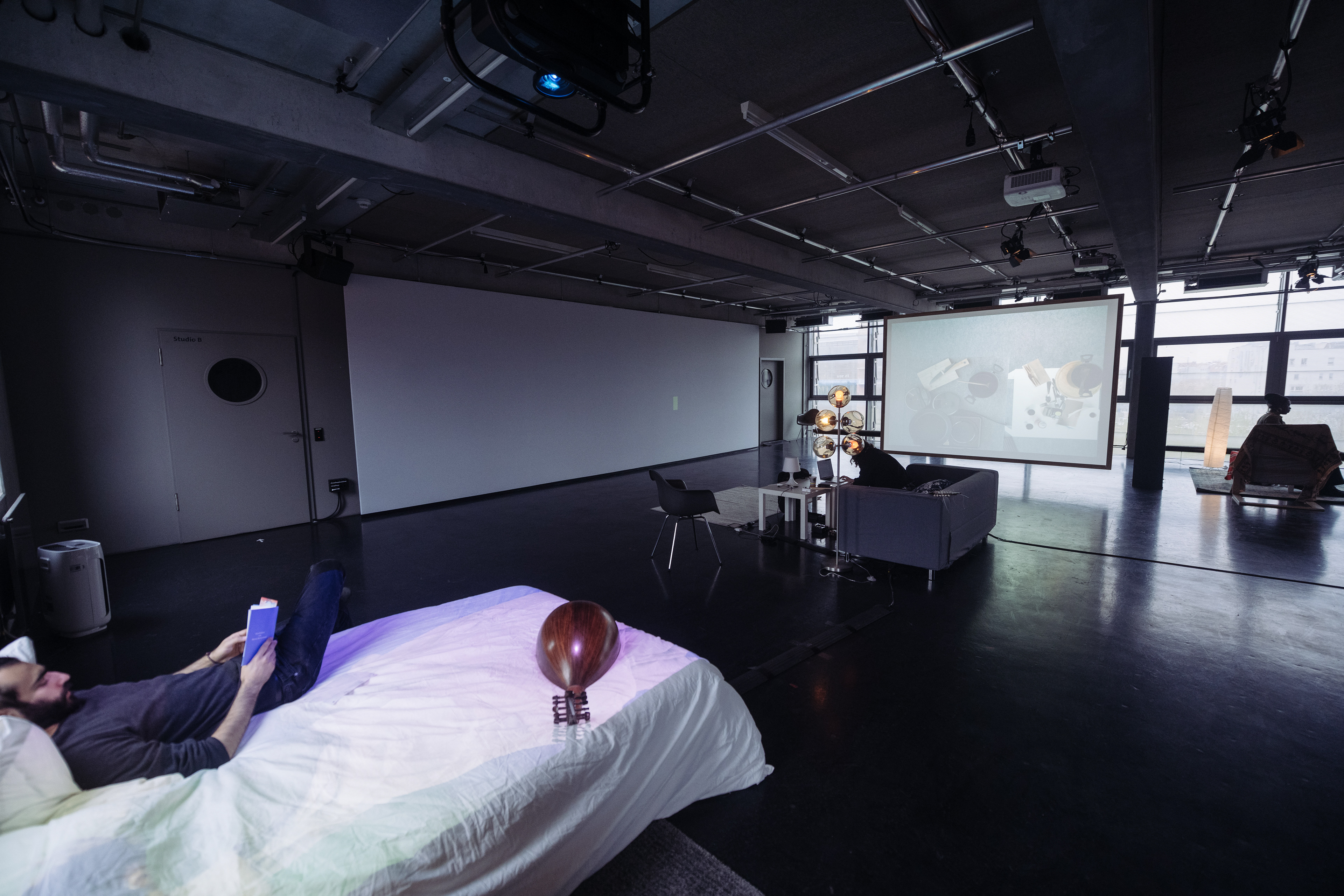
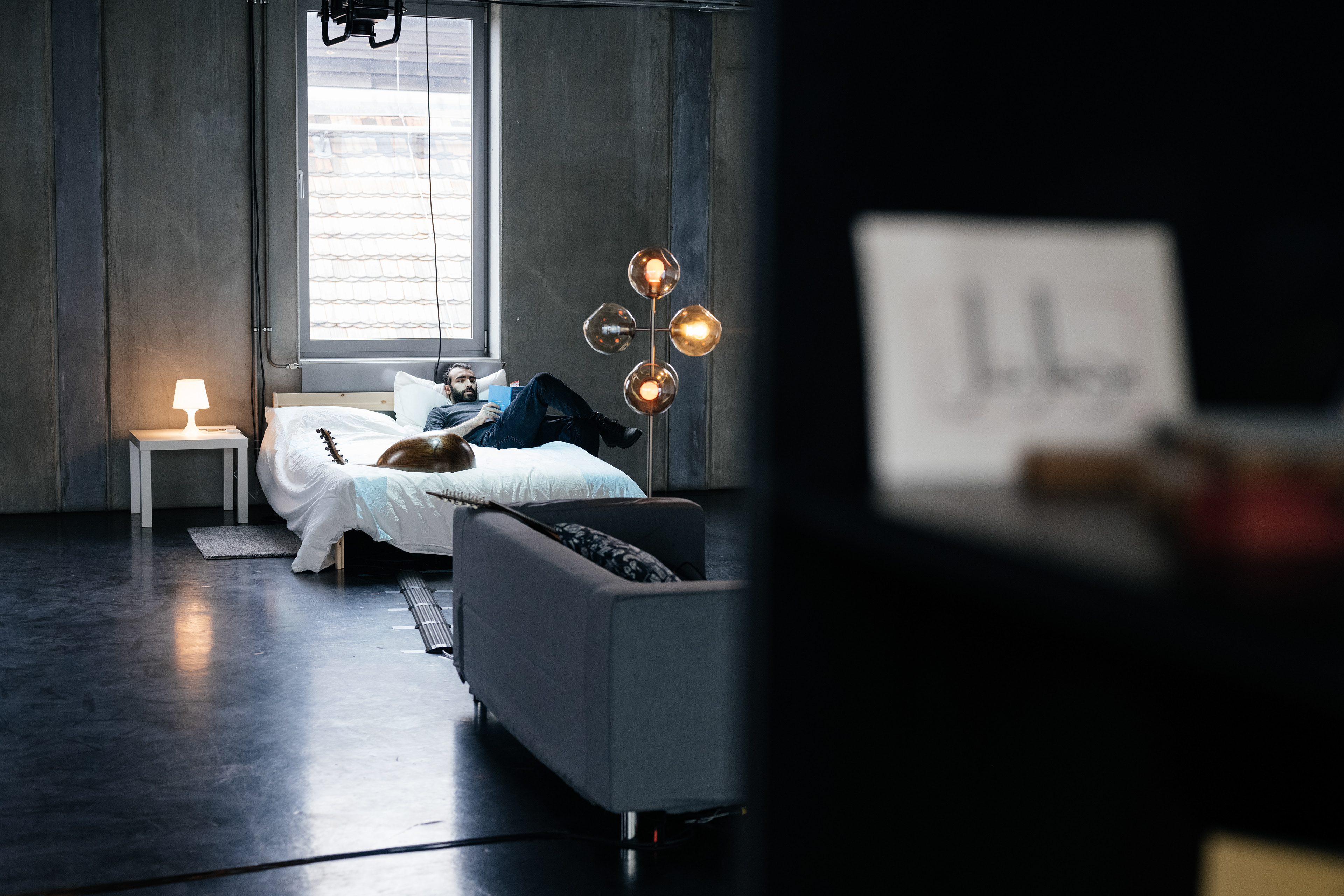
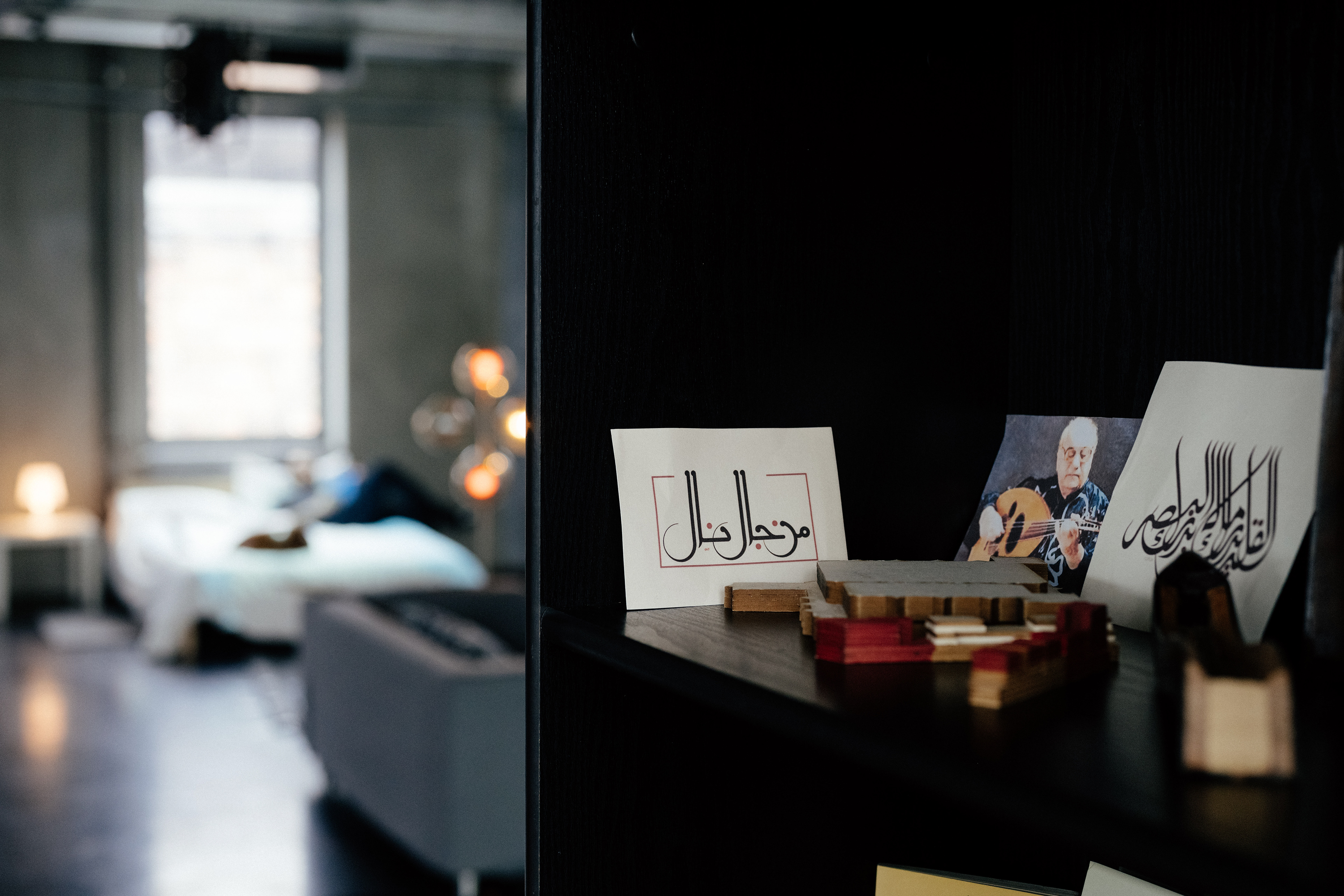
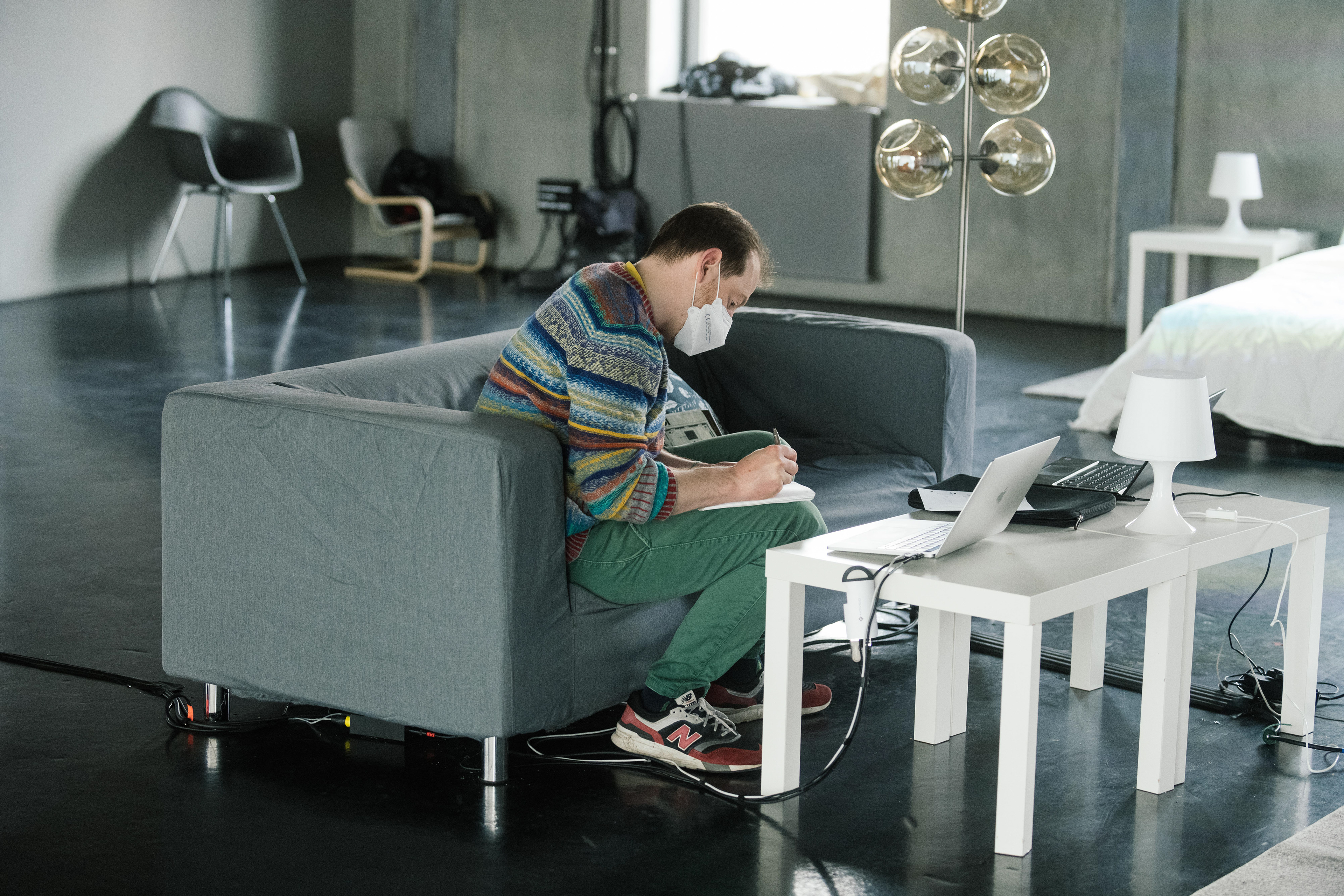
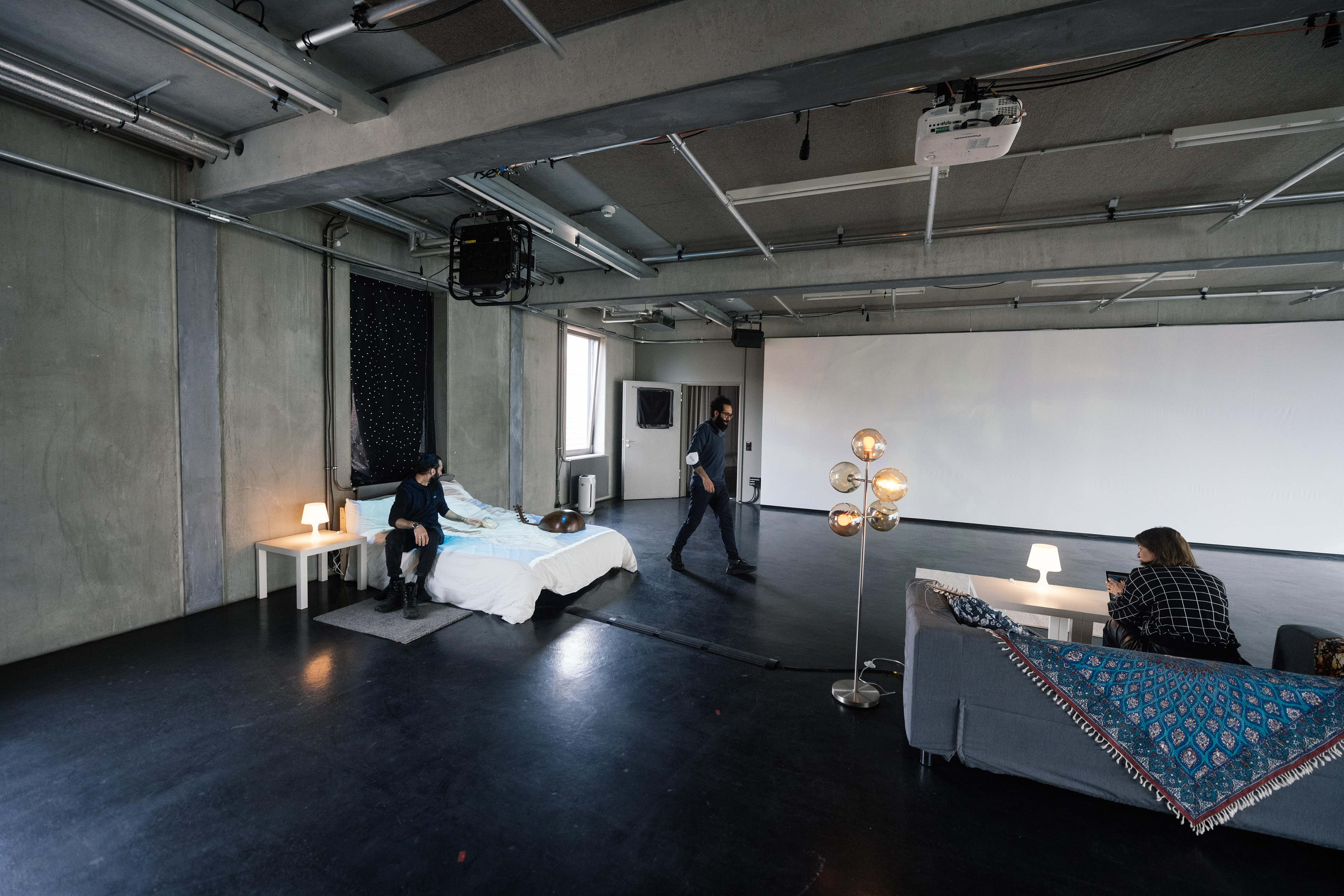

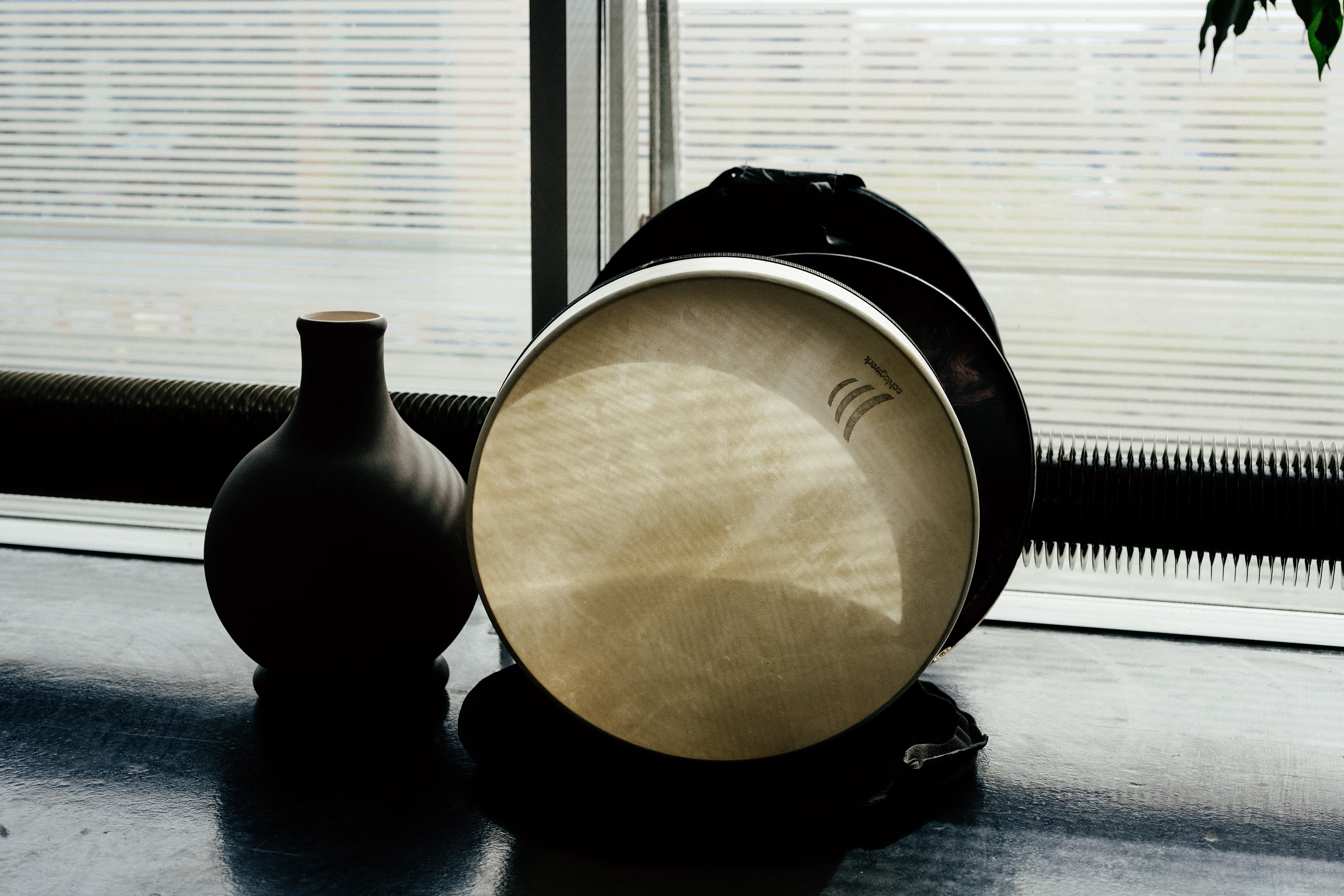
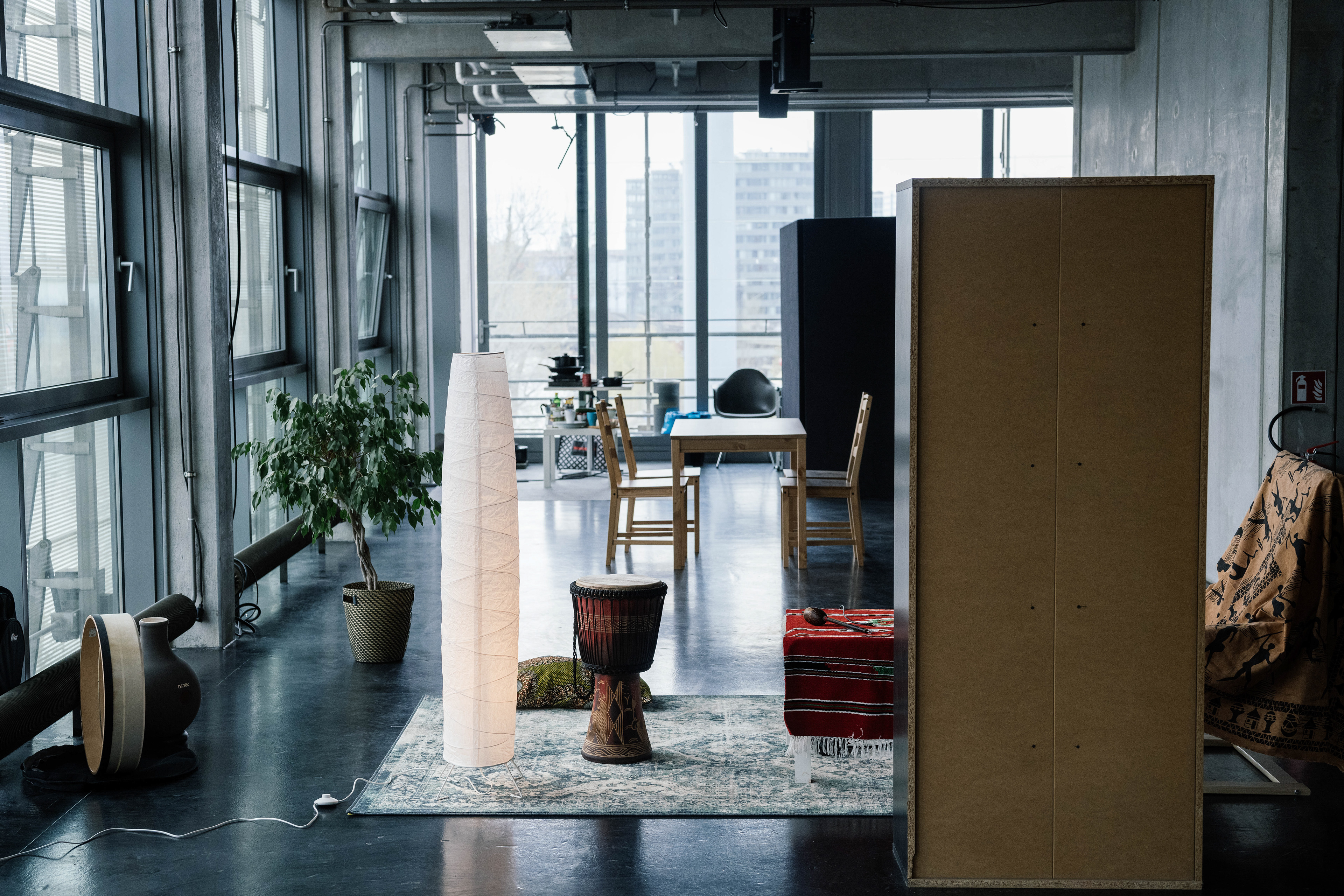


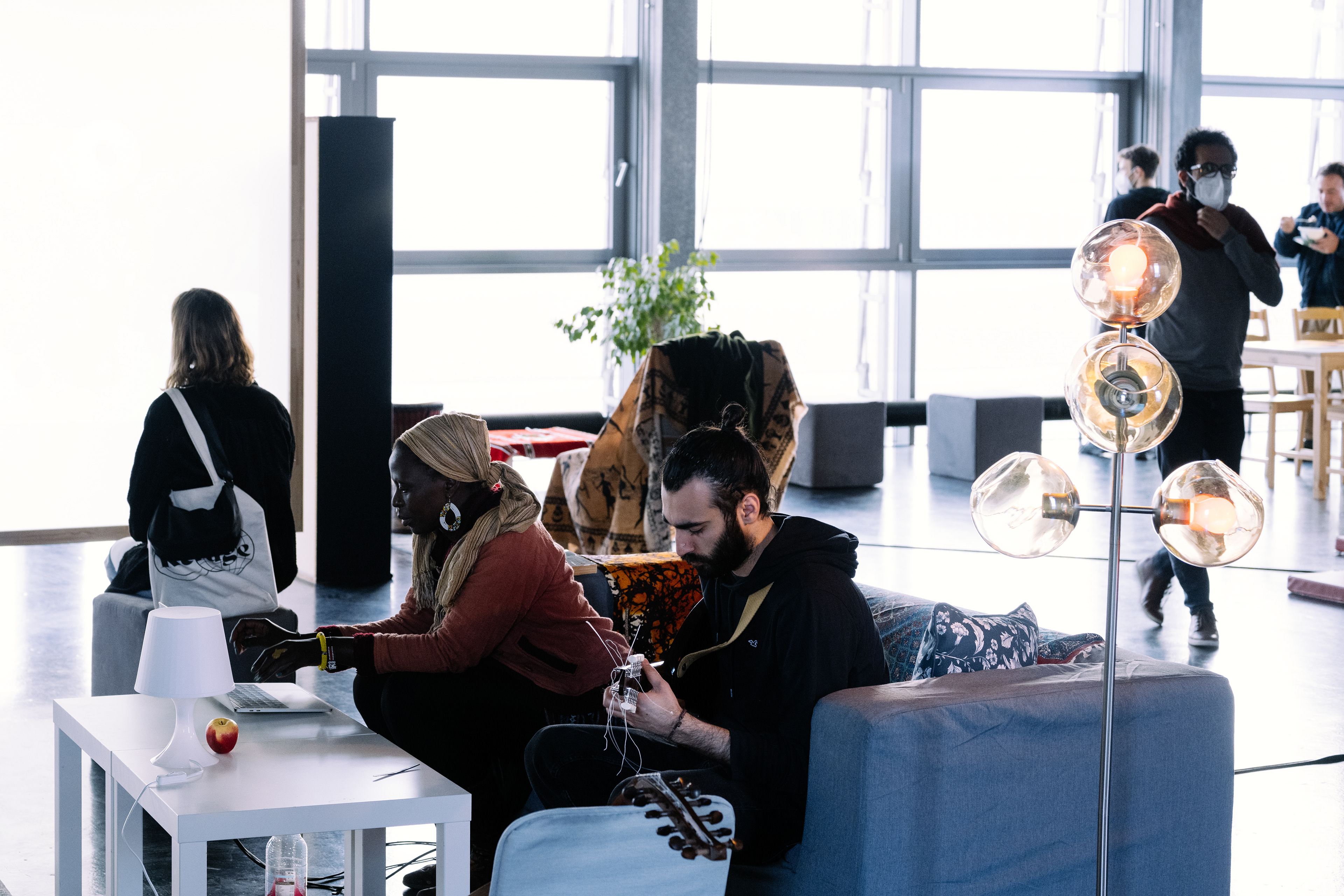
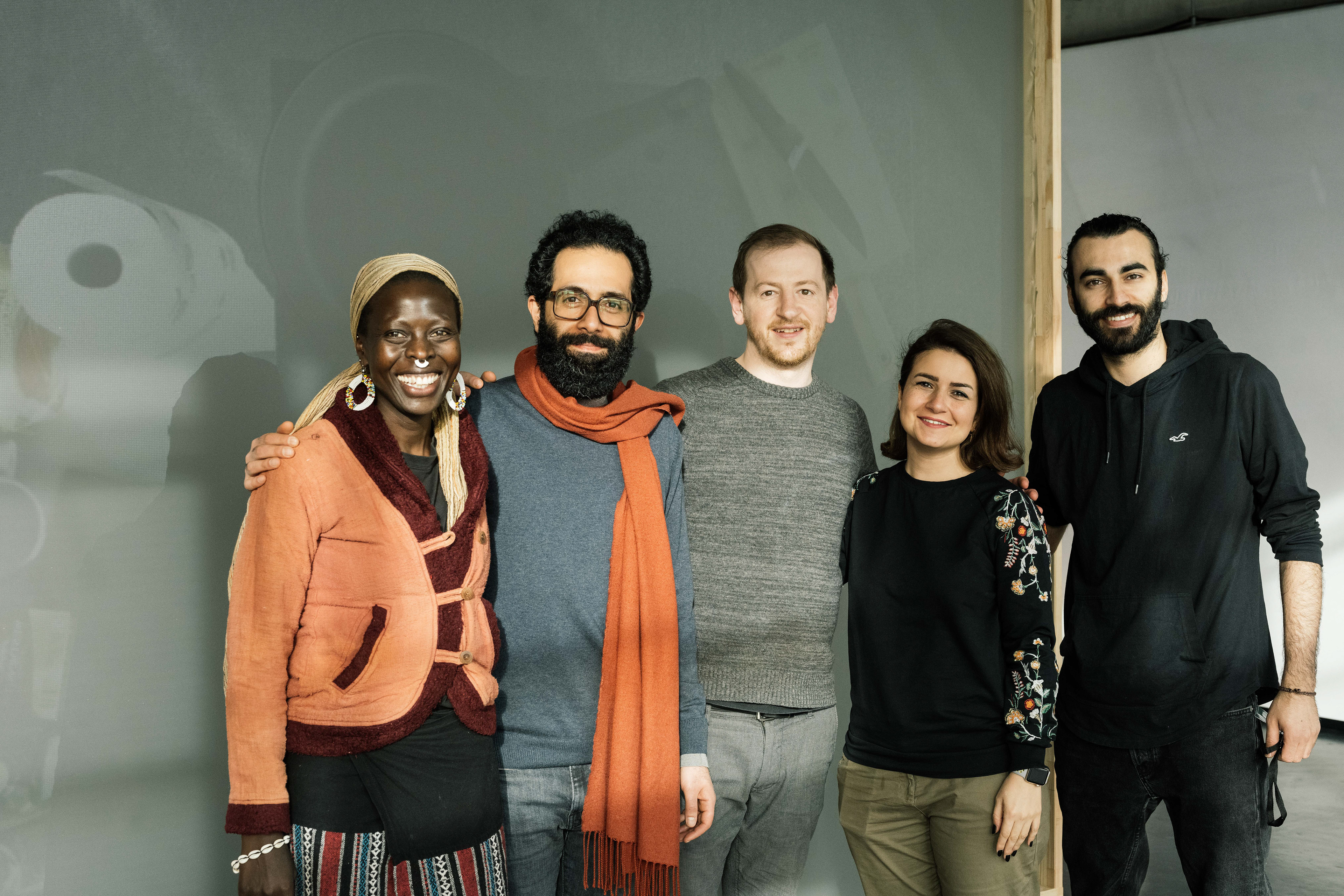

Everything is noise, every sound or smell that your brain can't interpret. As an unavoidable consequence of immigration, the silence of loneliness makes the city soundscape louder and more perceivable to your ear. You don't understand it, you can't communicate with it; Your ear is craving to hear a familiar sound; mother tongue, traditional music, or religious sound even if you are an atheist.
Even though I started the project by researching other migrants' life experiences, it became more personal and more autobiographical after I moved to Germany. Now, it's more me and my endeavor toward finding familiarity with my hometown. My fears and wonders of new soundscape and smellscape. My way of adapting to new meanings.
In conclusion, the composition emphasizes the importance of considering sensory aspects in urban planning and policy-making, especially in multicultural settings. By acknowledging and embracing the sensory diversity brought about by immigration, cities can foster more inclusive and harmonious environments for all residents.